The day we completed the final leg of the Natchez Trace Parkway this past fall seemed particularly victorious. While, sure, you could drive the scenic 444-mile parkway in a couple days if you didn’t stop to take in the scenery, for the previous 12 months, we’d attempted to visit every community on our way to driving the entire Natchez Trace—a feat that was, at times, disrupted by the pandemic—and on day 363, we arrived at the southern terminus in Natchez, Mississippi.
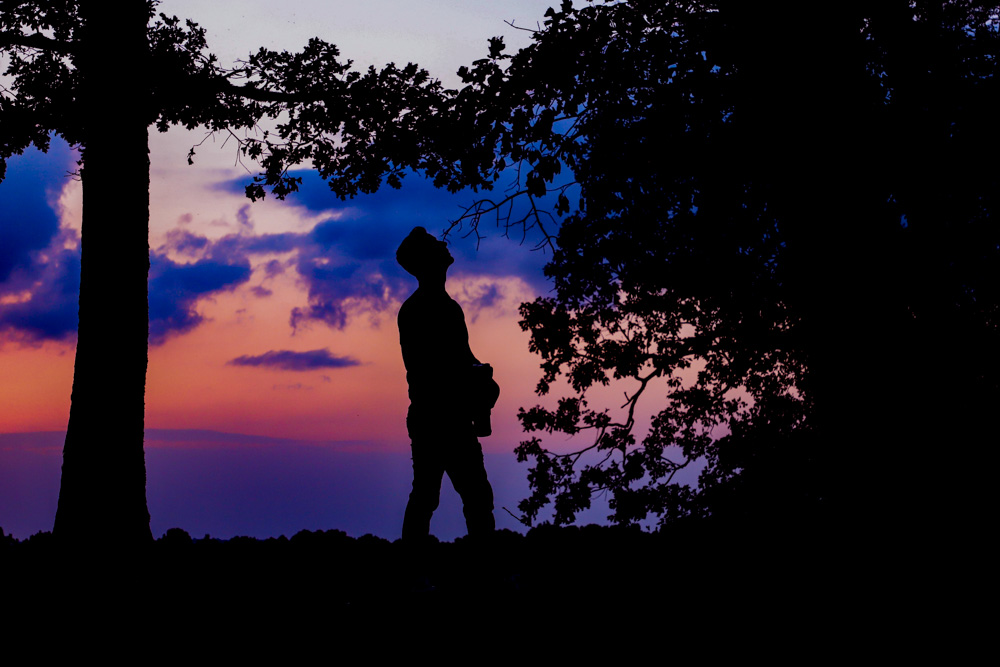
Of course, this was a journey broken up into multiple trips, one that was constantly rescheduled and reworked due to the severity of the virus at any given time, but we did it: We completed the Natchez Trace.
As travel slowly starts to pick up again, this is a great trip to consider going on with your family this spring. The Natchez Trace Parkway is very spread out—you’ll hardly see a soul along the drive—and the majority of communities not only have mask mandates but take it seriously. I have to say it, though I trust you all to do it: But please continue to follow CDC guidelines as you visit Mississippi, even if you’ve had the vaccine yourself. No sense putting others at risk by unknowingly bringing germs into another state!
This section of the Trace, arcing in a curve from Jackson toward the Mississippi River terminus in the city of Natchez, begins to trickle into old-growth forests, cotton fields and farmland immediately outside of the capital city, and is a sparsely populated section of the state, dominated by agriculture and groves of beech and oak trees.

The land here was part of a forced 11 million-acre concession by the Choctaw in the early 1800s to the federal government and, afterward, was home to thousands of plantations prior to the Civil War. It’s easy to see why this area was a desirable possession: lush, gently rolling and fertile landscape, plentiful water, access to the Gulf for trade via the Mississippi and as land for an ever-expanding footprint of Europeans into the West.
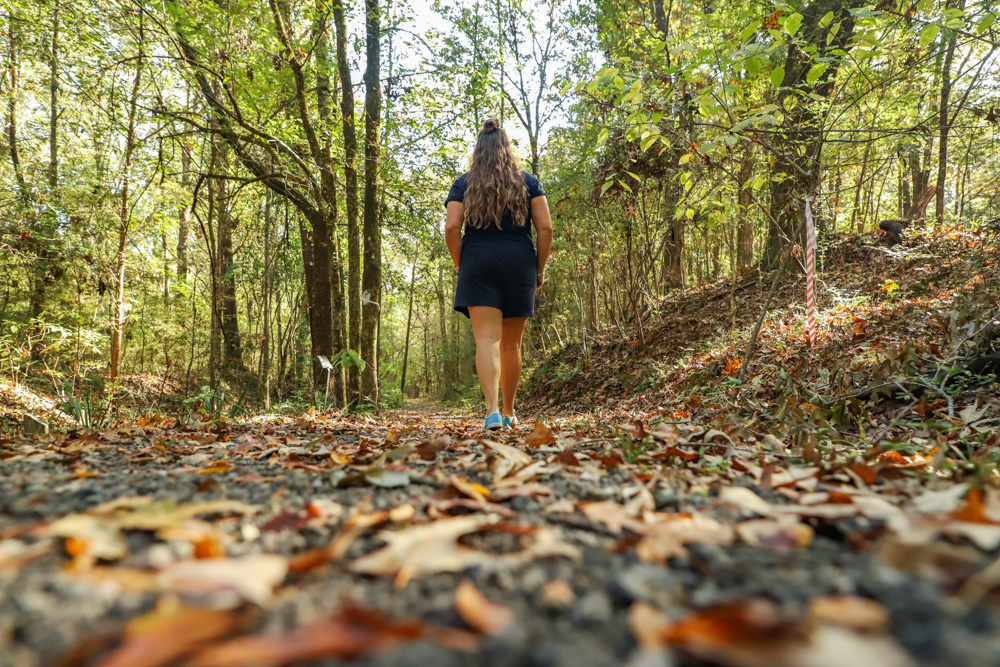
Clinton (milepost 89)
After leaving Jackson, the next town on your journey south through Mississippi is Clinton, home of the Christian-based Mississippi College, founded in 1826, as its classic centerpiece.
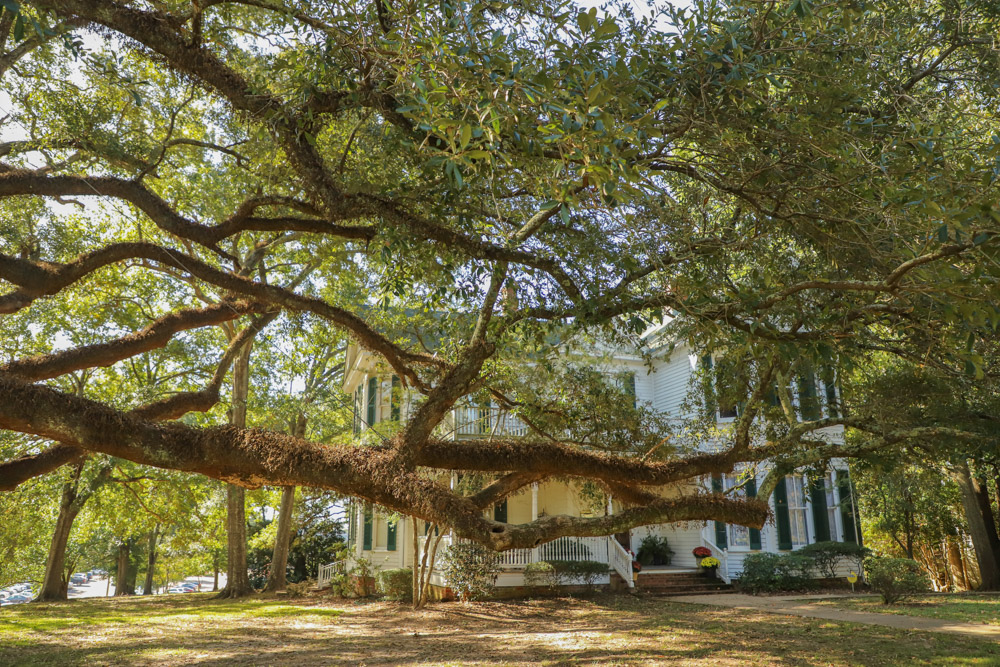
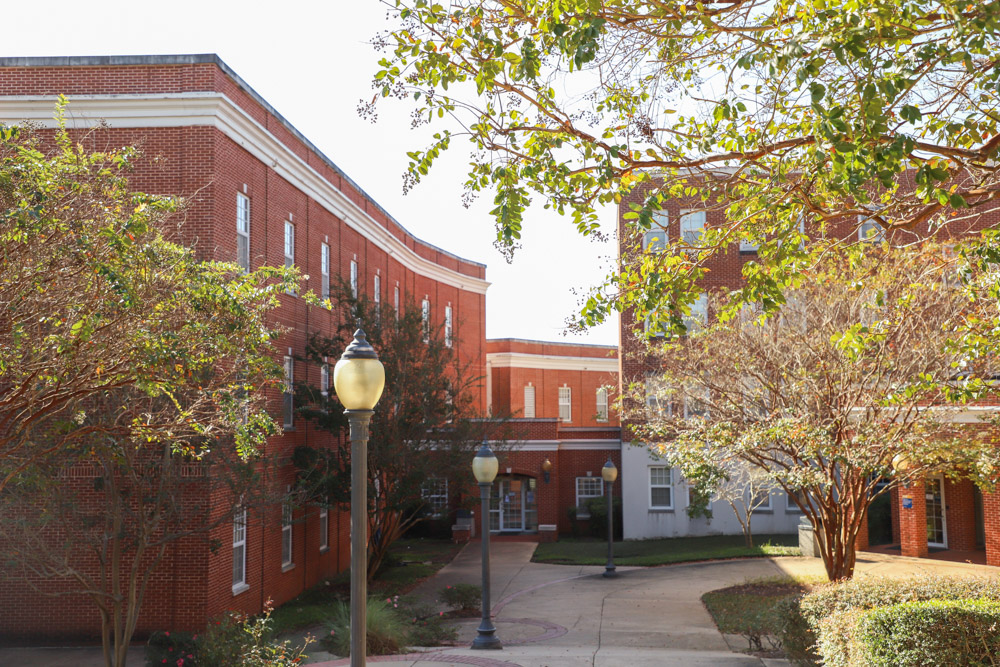
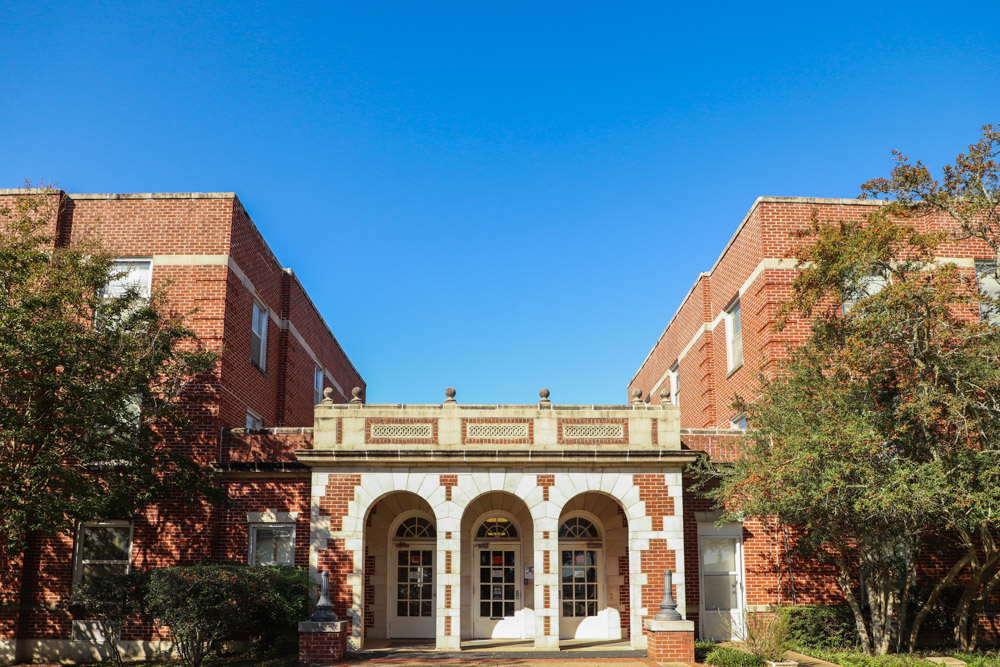
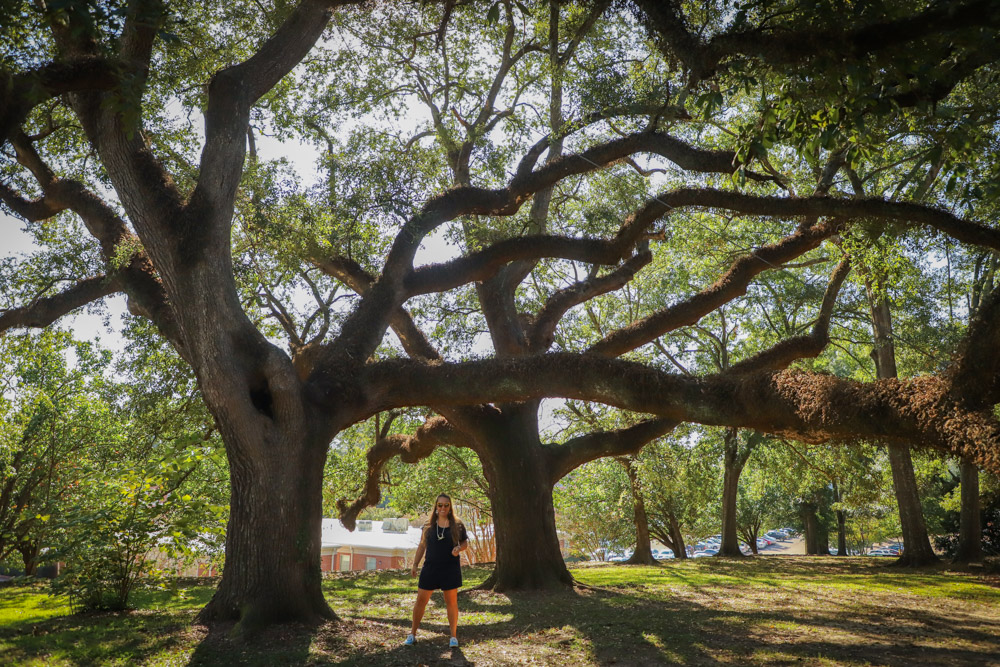
Boasting a certified Main Street that is actively engaged in an extensive, incentive-driven revitalization program, the city is a poster child of historic preservation and the winner of many accolades for its efforts. Clinton is also home to the award-winning show choir that decimated my own performing arts efforts all throughout high school.
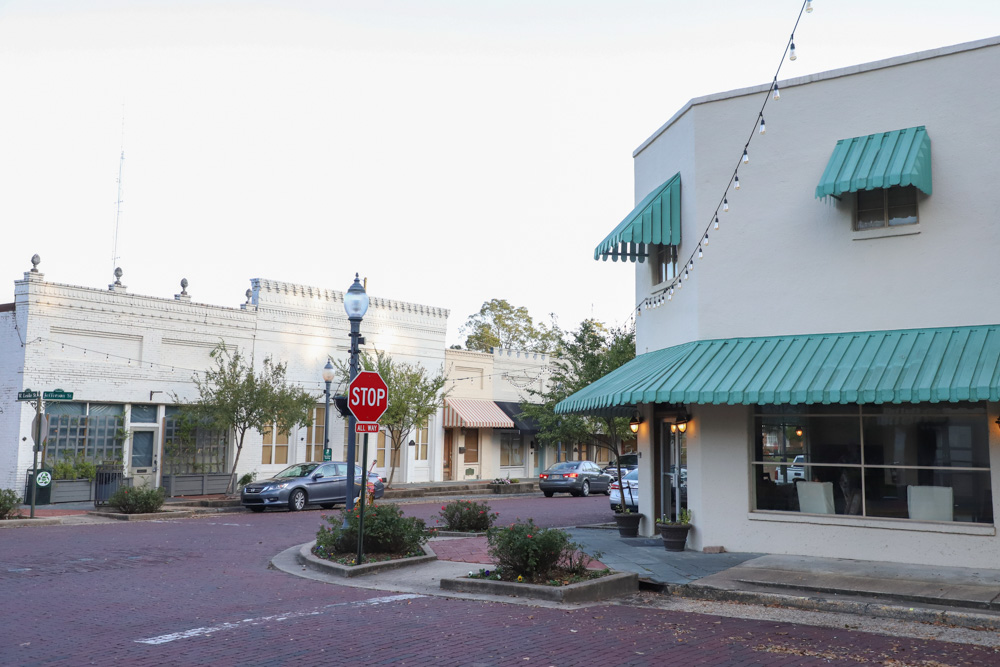
The cobblestone-paved streets lead to a burgeoning shopping destination and arts and entertainment district full of fun activities for exploration, not to mention tasty restaurants like The Bank pizza shack and 303 Jefferson in an old livery. Bicycle sculptures, part of a public art project, dot the neighborhoods around the downtown core, and numerous public green spaces like Town Spring Park, site of the original source of water in the region, round out the neighborhood.
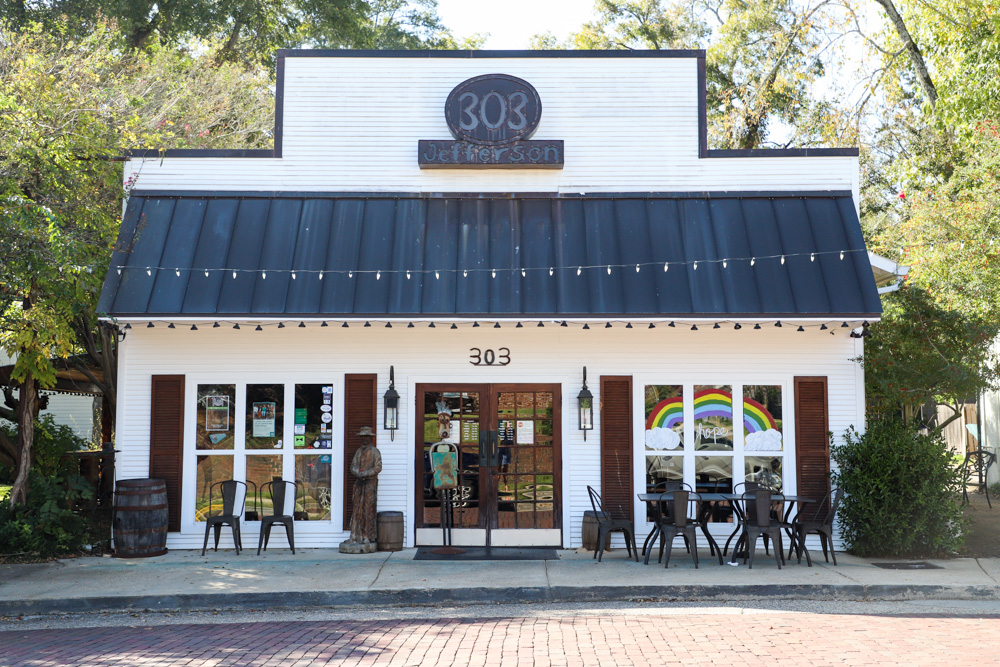
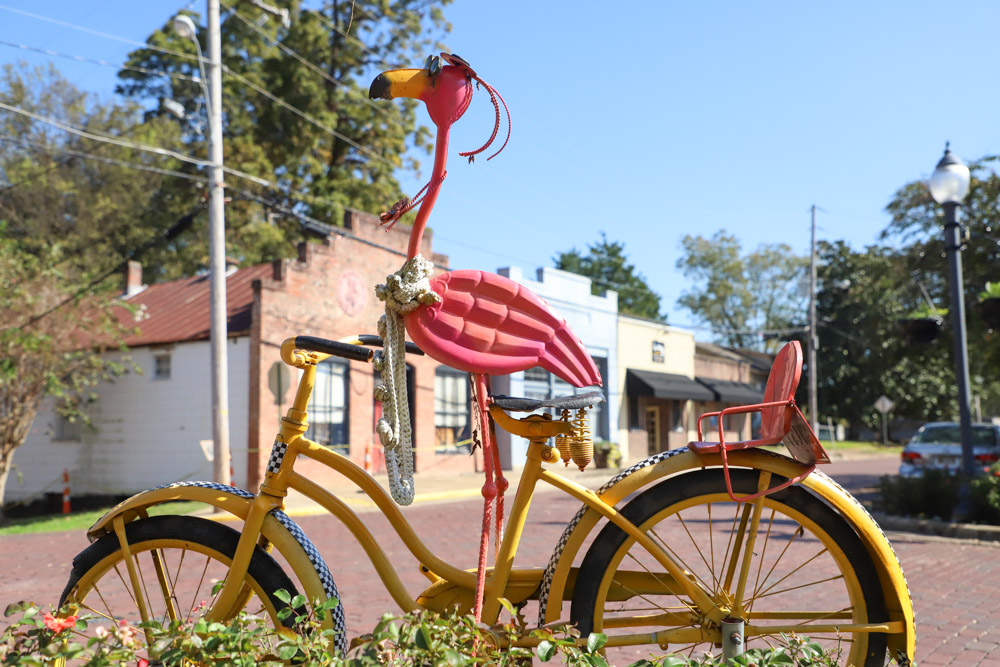
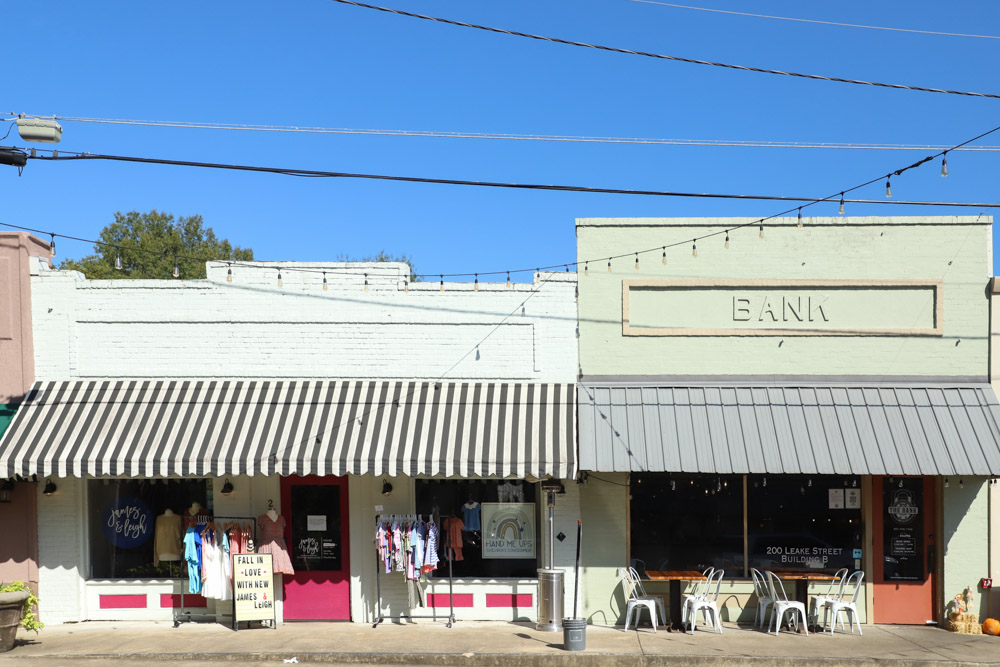
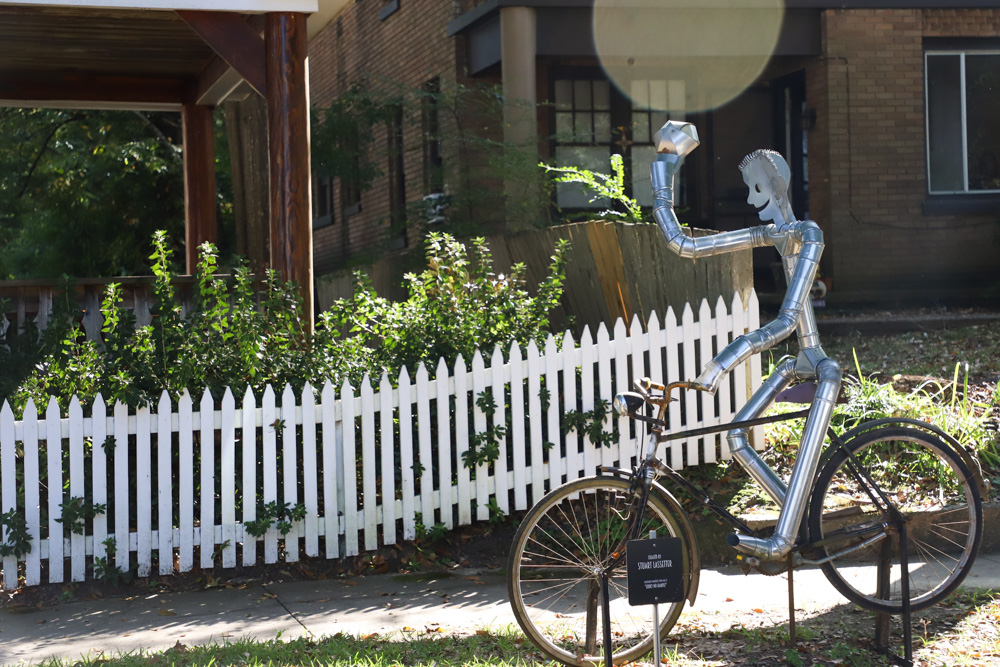
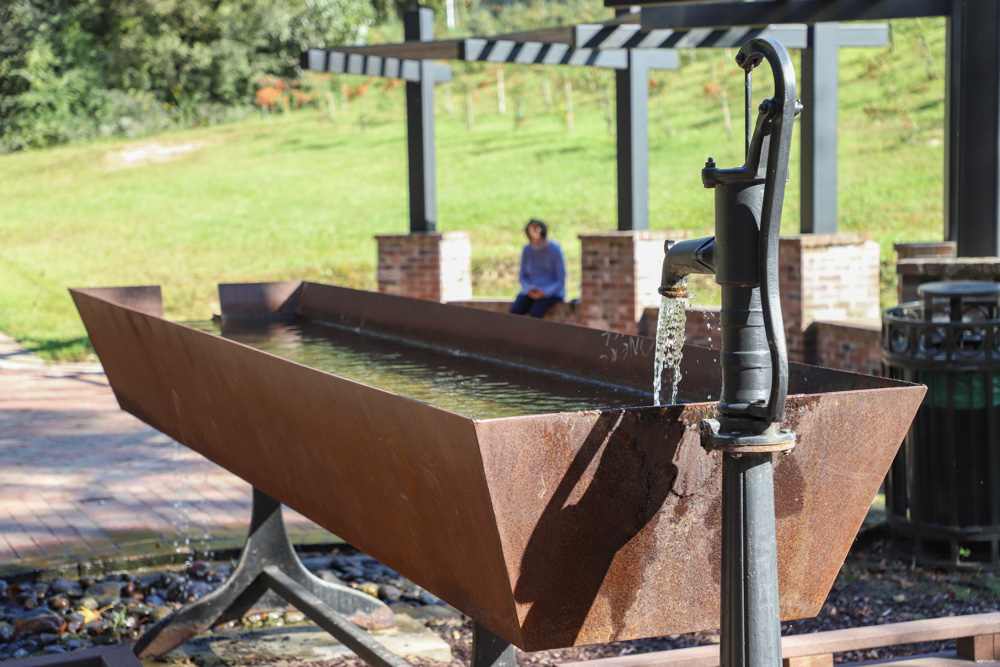
The city is also home to acclaimed watercolor artist, Wyatt Waters, who has a gallery and gift shop right on Main Street.
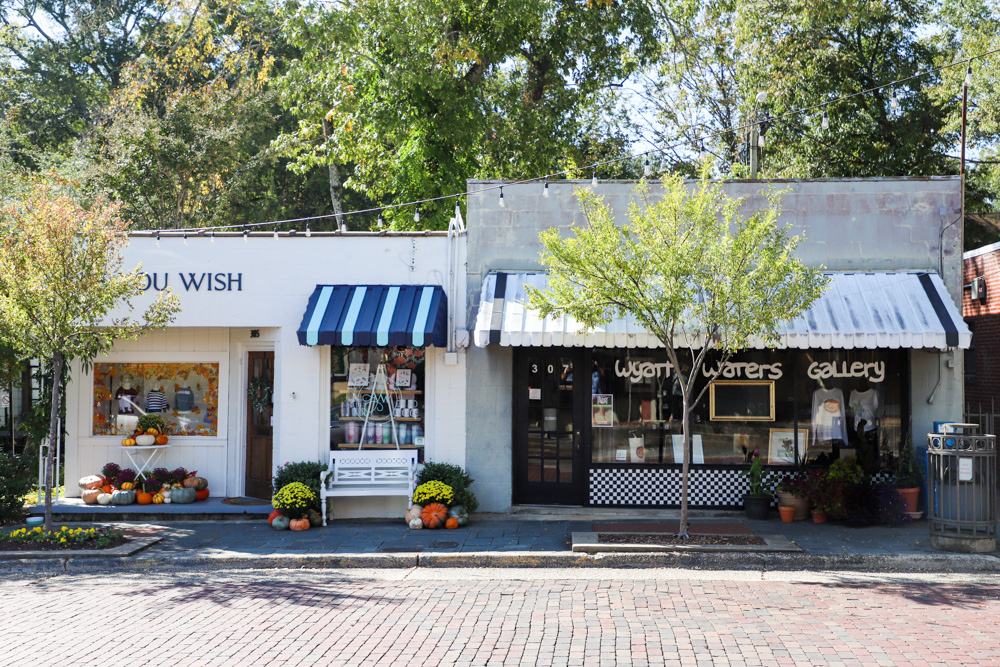
Start your journey through Clinton’s past at the Clinton Visitor Center, where the volunteers will load you up on information about the area and point you in the right direction.
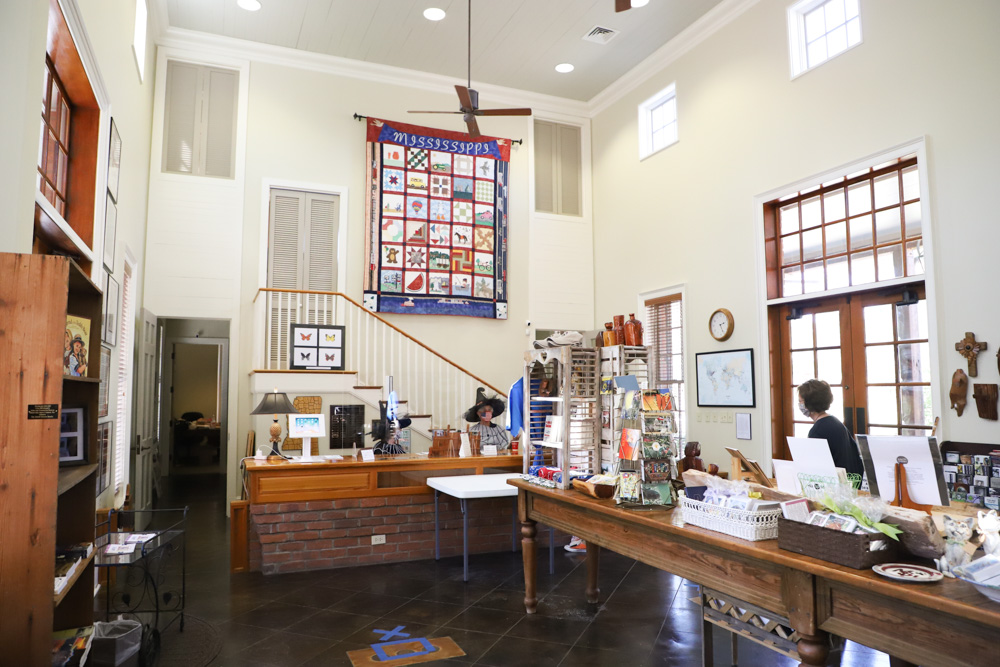
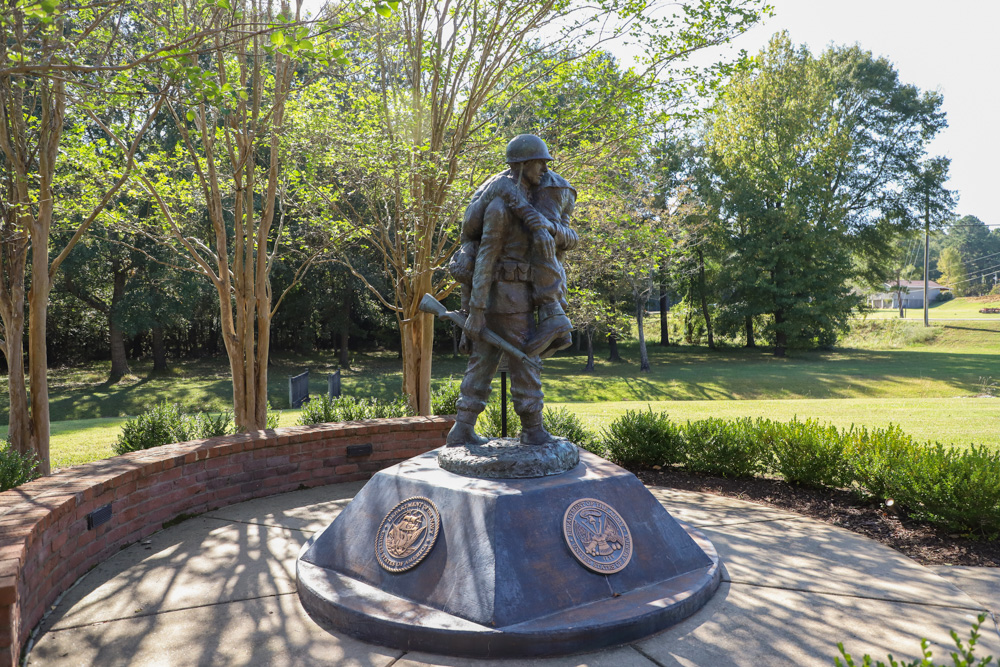
Clinton’s history was mired in racial strife during Reconstruction, something the city is honoring by building an interpretative center at the site of the Clinton Riot. In 1875, state Senator Charles Caldwell, a Black man, held a rally at this very spot, and that afternoon and the days that followed, white mobs unloaded, killing more than 50 Black people in the community.
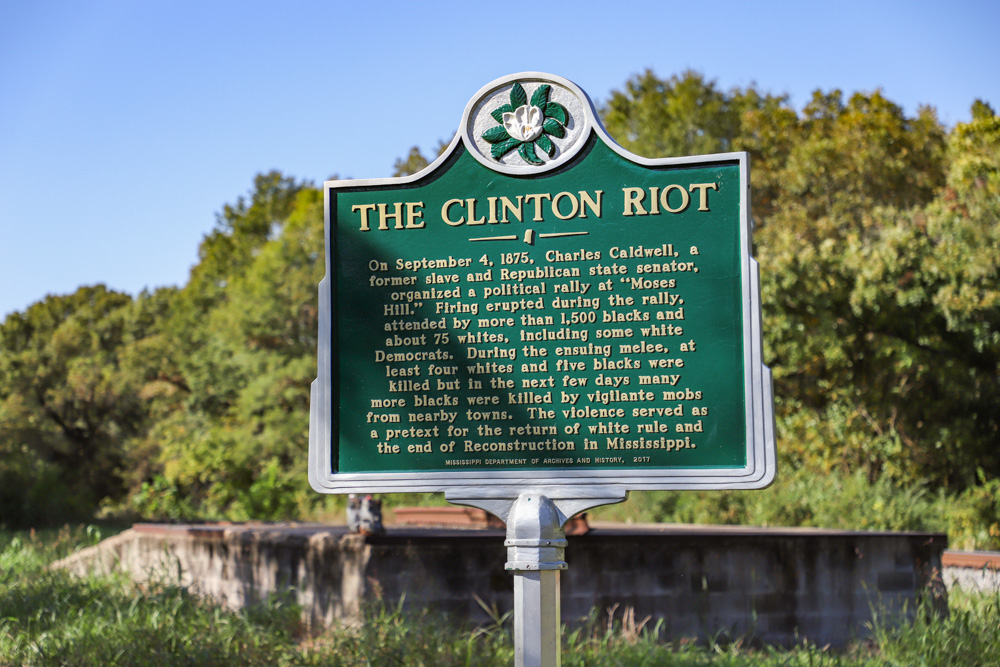
Caldwell himself was assassinated nearly four months later while having a drink with a traitorous friend in the cellar of Chilton’s Store; it’s said his body was so maimed by bullets, there was little left of it. There are plans to transform the abandoned building that once housed the store where Caldwell was shot into a multi-use concept to continue the build-out of Clinton’s Main Street and take responsibility for these tragedies in the city’s history.
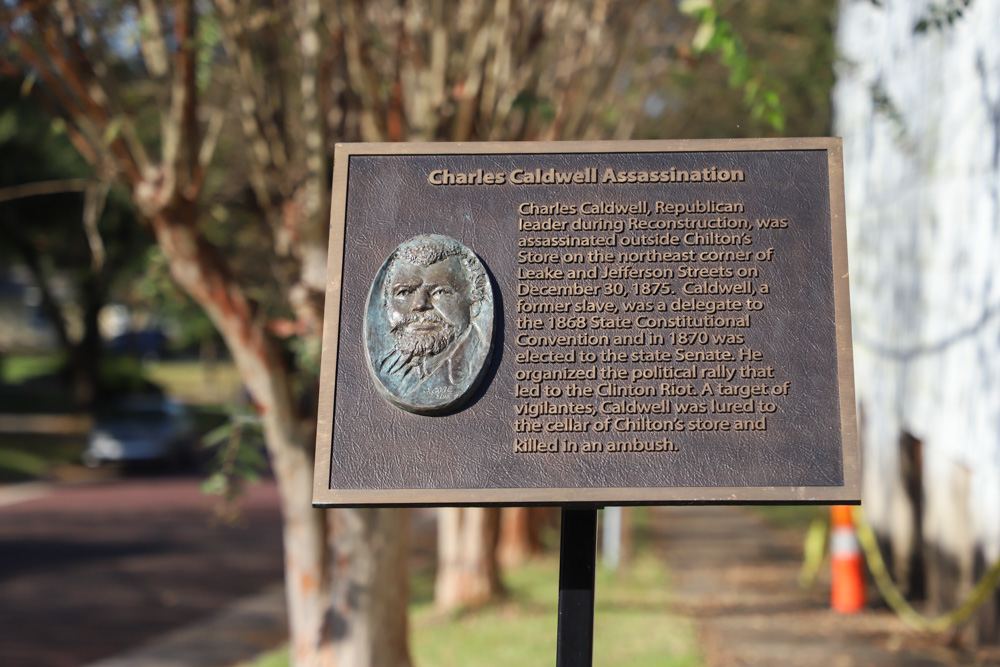
Clinton also has a self-guided walking tour available on a separate website that you can use via your phone while you explore the area. This feature of the city’s tourism effort is so helpful if you’re a history enthusiast, as it’s full of information.
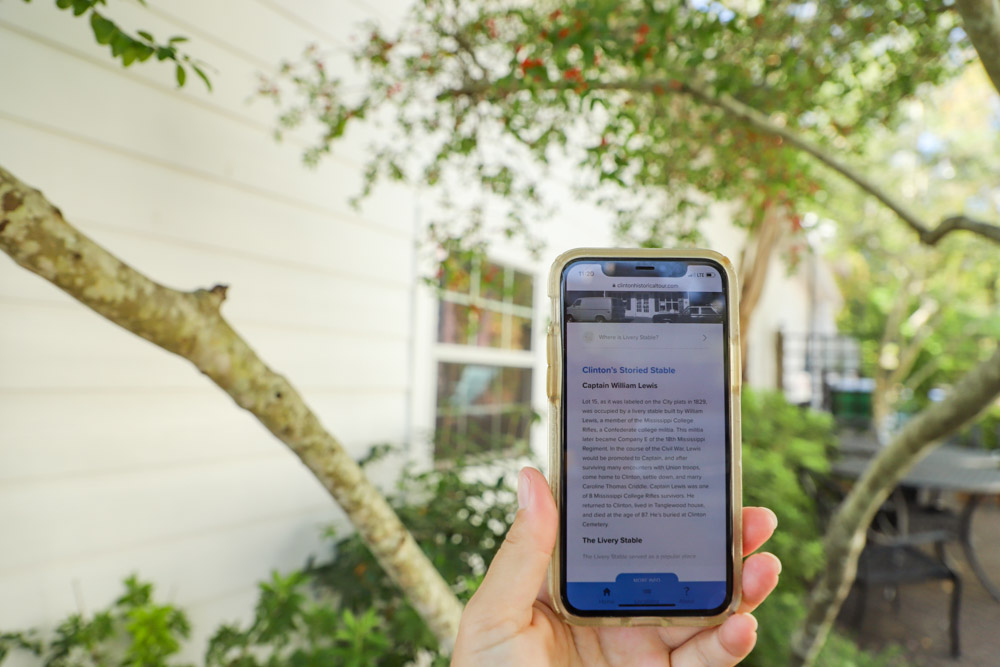
Where to stay in Clinton
While Clinton is home to many stately mansions in its historic core, all of the bed and breakfasts are in nearby Jackson or Vicksburg. There are a couple Airbnbs in Clinton, but we instead stayed at the Holiday Inn Express just five minutes from downtown. It was impeccably clean and newly renovated, and we were upgraded to a massive leisure suite larger than any apartment I lived in during my city-dwelling years.
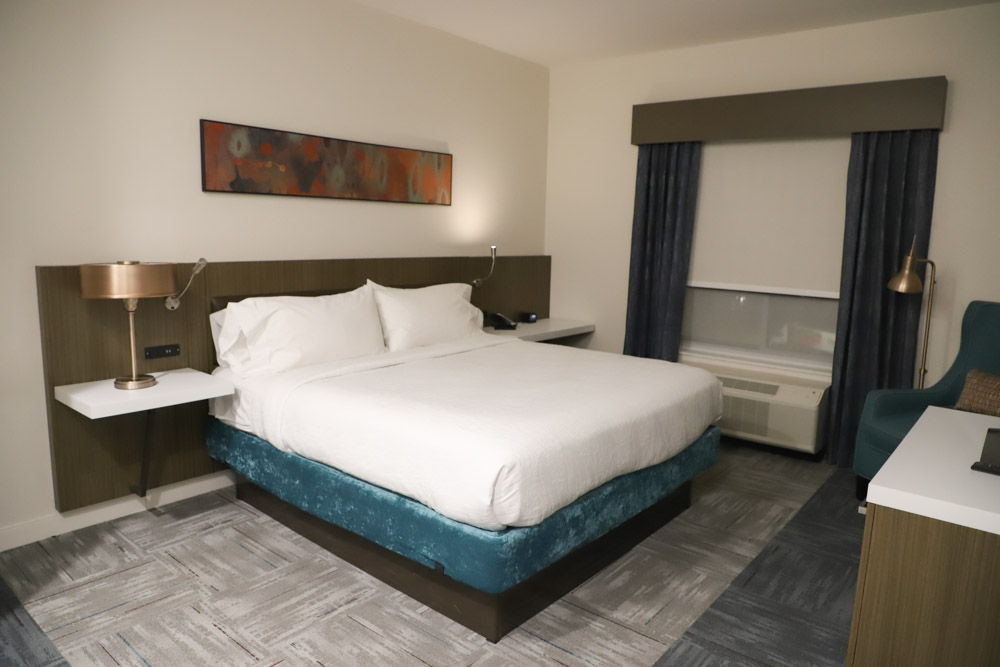
If you’re staying in this area for multiple days, it would not be a stretch to make your base in Jackson and commute the 20 minutes west to explore Clinton.
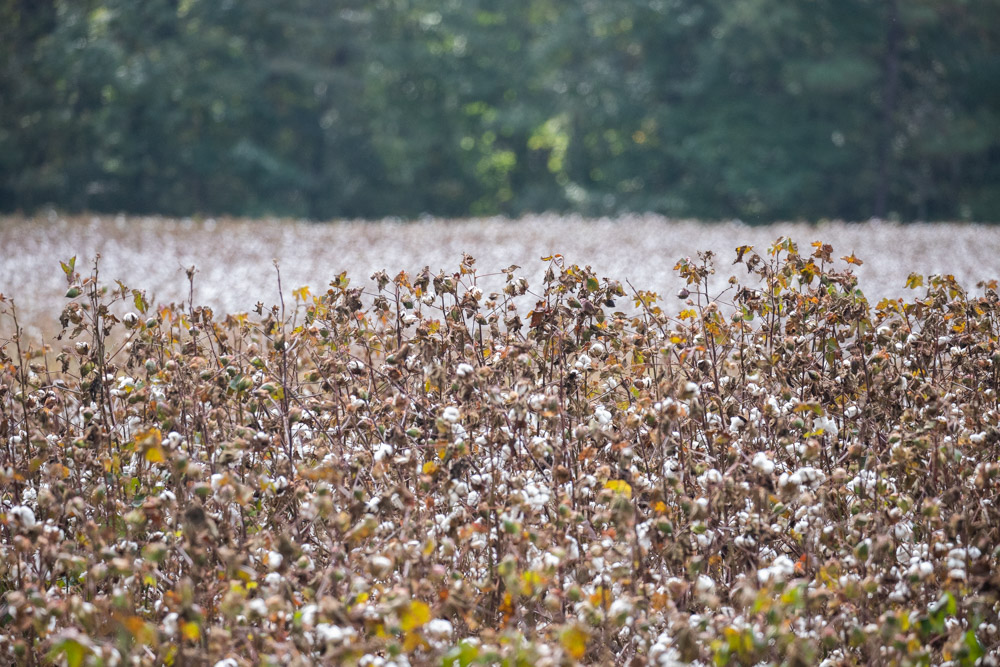
Raymond (exit at milepost 78)
From Clinton, you’ll drive through Raymond—15 minutes down the road—to pick back up the Natchez Trace Parkway. Raymond is home to a charming town square that features an enormous Greek Revival courthouse, built almost entirely by slave labor in the 1850s, and many monuments to the Civil War.
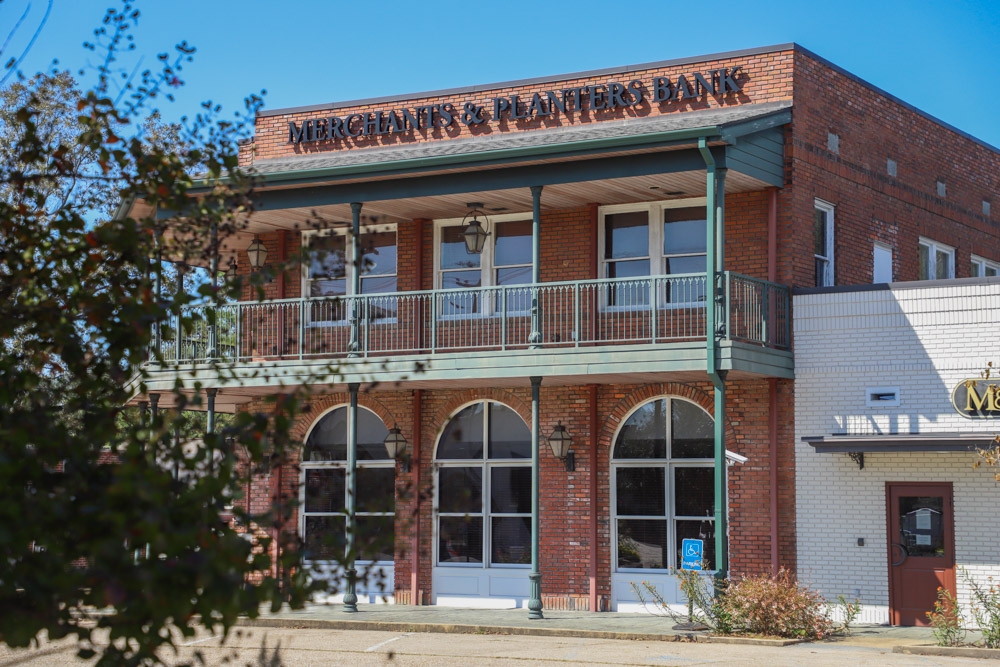
It was the hinge point of a few critical Civil War campaigns, including the Battle of Raymond, part of the larger Vicksburg Campaign that sought the Union Army domination of the Mississippi River, which was ultimately succesful.
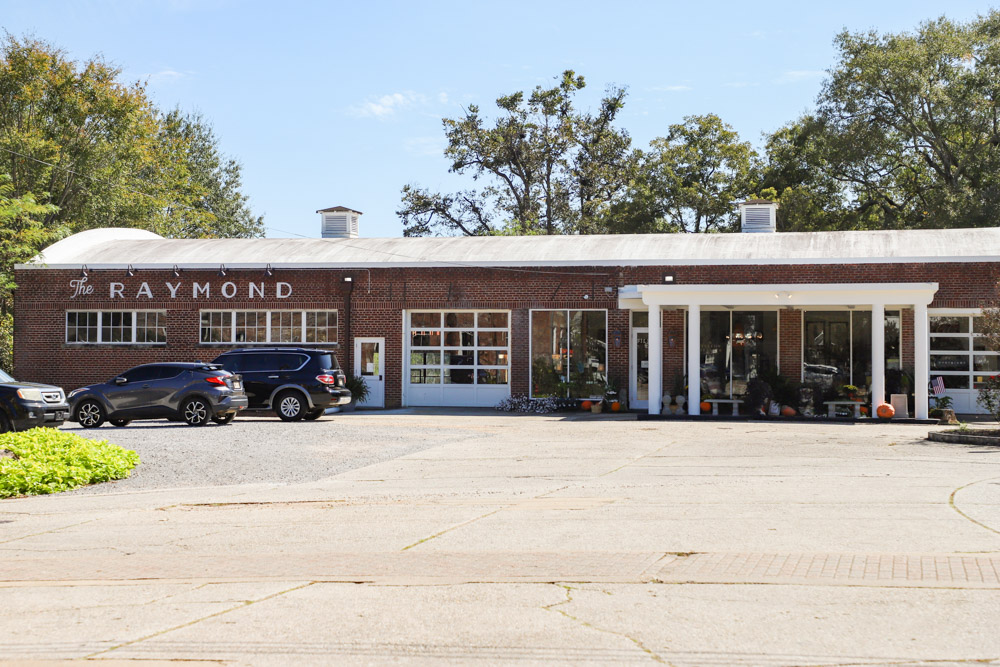
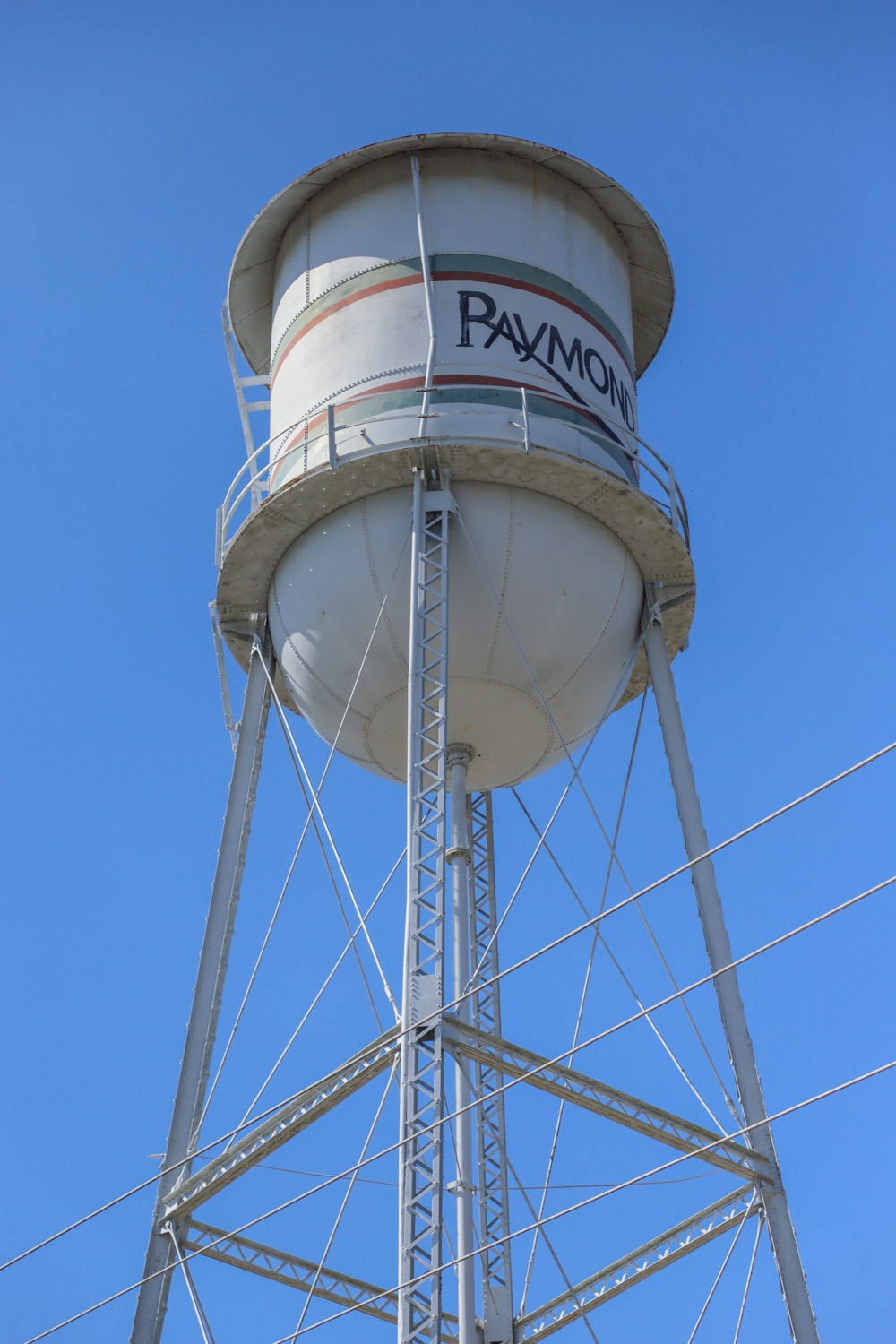
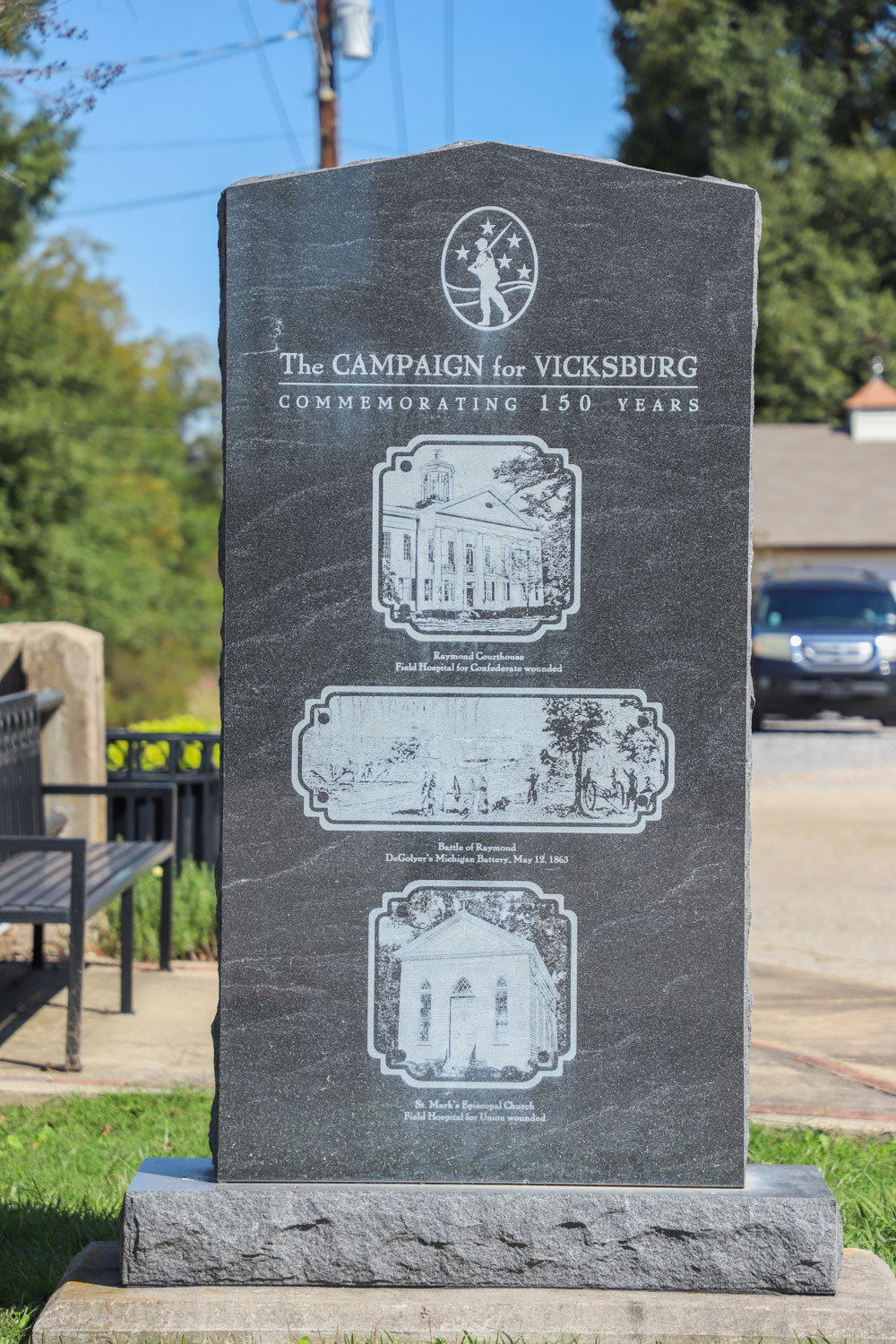
Other local Civil War sites include Dean Stand Site (milepost 73.5), which served travelers in the 1820s and ’30s, and Osburn Stand (milepost 93.1), which Noble Osburn opened in 1811. Nearby also is the site of Dillon’s Plantation, headquarters for U.S. generals Grant and Sherman during the Civil War’s Vicksburg campaign in May 1863.
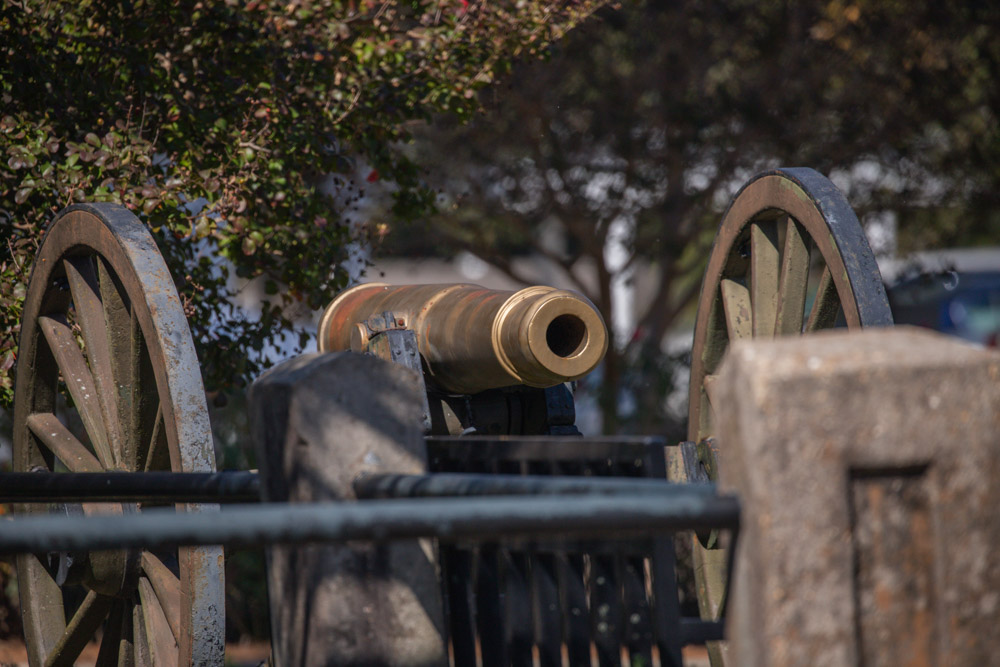
Windsor Ruins (milepost 30)
Truly one of the most bizarre stops on the Natchez Trace is the Windsor Ruins, which actually aren’t on the parkway itself, but a 10-mile detour from the main road in Claiborne County near Port Gibson. Built by a wealthy slave owner named Smith Coffee Daniell in the late 1850s, the structure survived the Civil War but was accidentally burned to the ground shortly thereafter. These columns stand lonely, jarringly out of place down a road that is about as in-the-middle-of-nowhere as you can get in Mississippi. The land is full of intriguing geological sinks that drop into channels and mini-canyons, full of Kudzu and mystery.
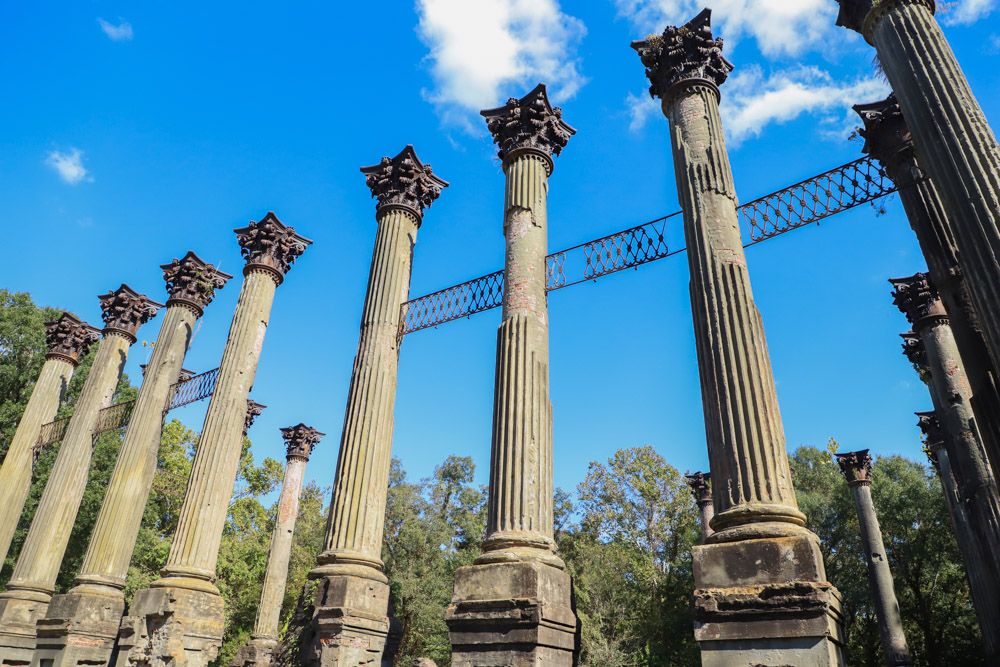
Emerald Mound (milepost 10.3)
The Natchez Trace Parkway has seven Mississippian mounds spread out along its length in the state, and the last one you’ll encounter when driving south is Emerald Mound, a National Historic Landmark and one of the largest mounds in North America.
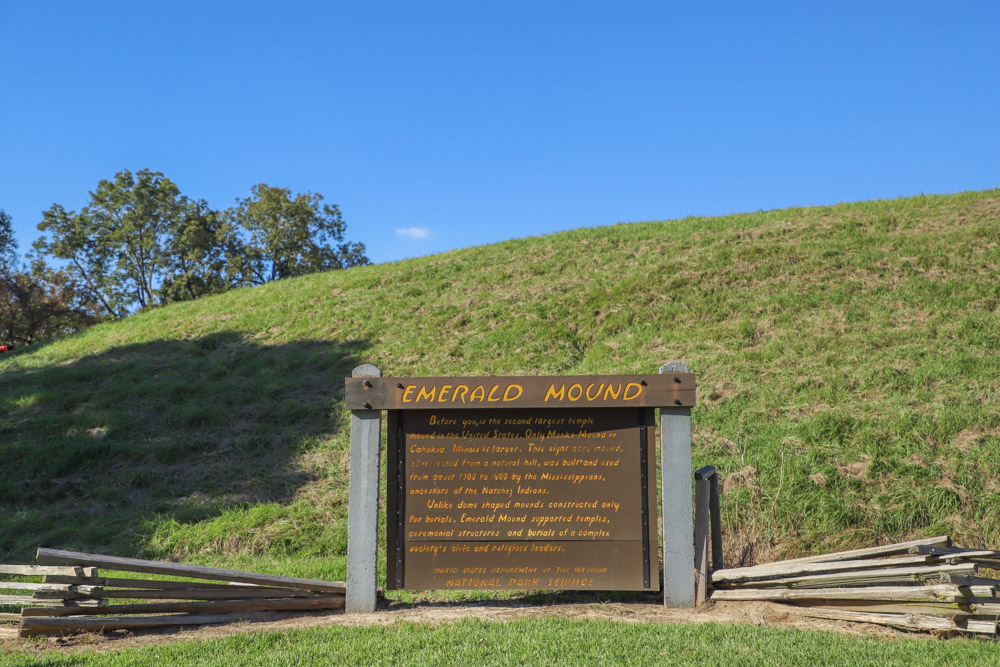
Covering eight acres, Emerald Mound is 35 feet high and the second largest mound north of Mexico. The cultures that built these earthworks—ancestors of the Natchez Indians, who used them as ceremonial centers for the local population—were wiped out by disease when the Spanish first entered the region in the mid-1500s, and all of the sites have interpretive signs that explain our understanding of them.
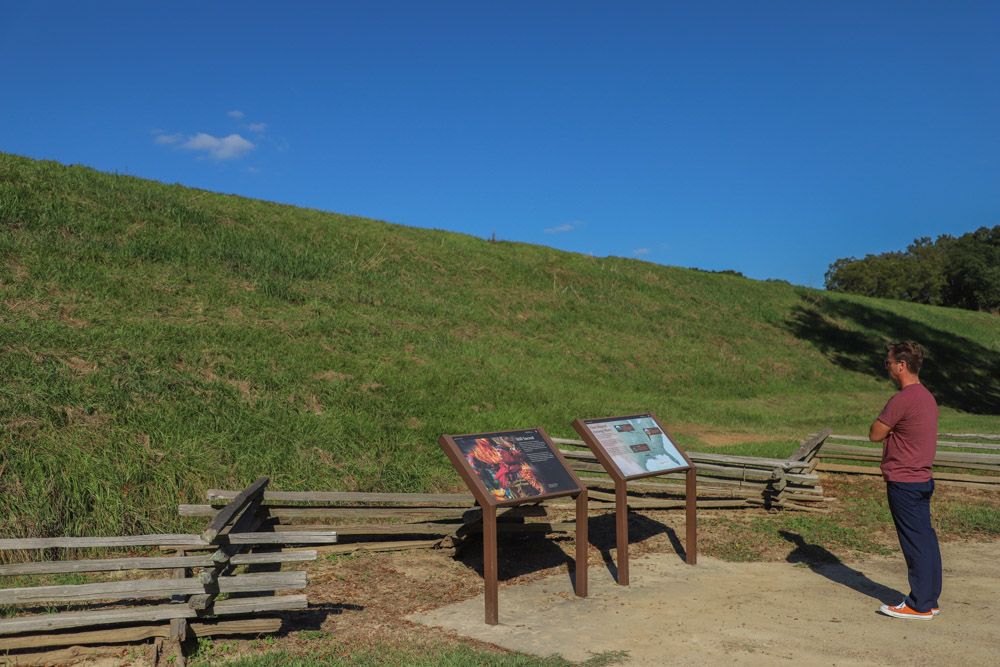
Natchez (milepost 1)
The starting point of the Natchez Trace Parkway—the city of Natchez, Mississippi for which the federal highway is named—was the ending point for our journey. There is no southern terminus sign announcing you have driven the entire Natchez Trace Parkway, just the traditional National Park Service sign and an exit to get off for the town of Natchez.
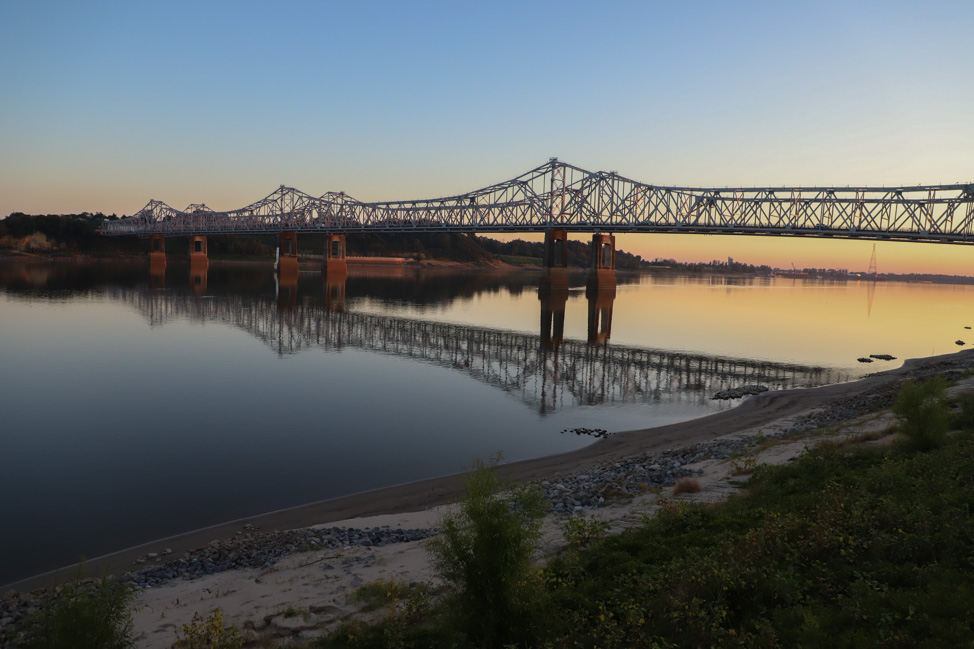
We arrived at ground zero, where the drive for many travelers begins, and decided to spend three days soaking up the beauty that is the Mississippi River’s oldest town. We have a lengthy post on what to do in Natchez, but I beg you to spend a weekend absorbing the deeply Southern beauty that is this charmer of a Mississippi river town.
Not only will you be able to continue your own education of the fraught history of this part of the United States aided by visits to the African American Museum of History and Culture and the Forks of the Road Slave Market, but you’ll be able to tour some of the oldest and most well-preserved Antebellum homes in the American South.
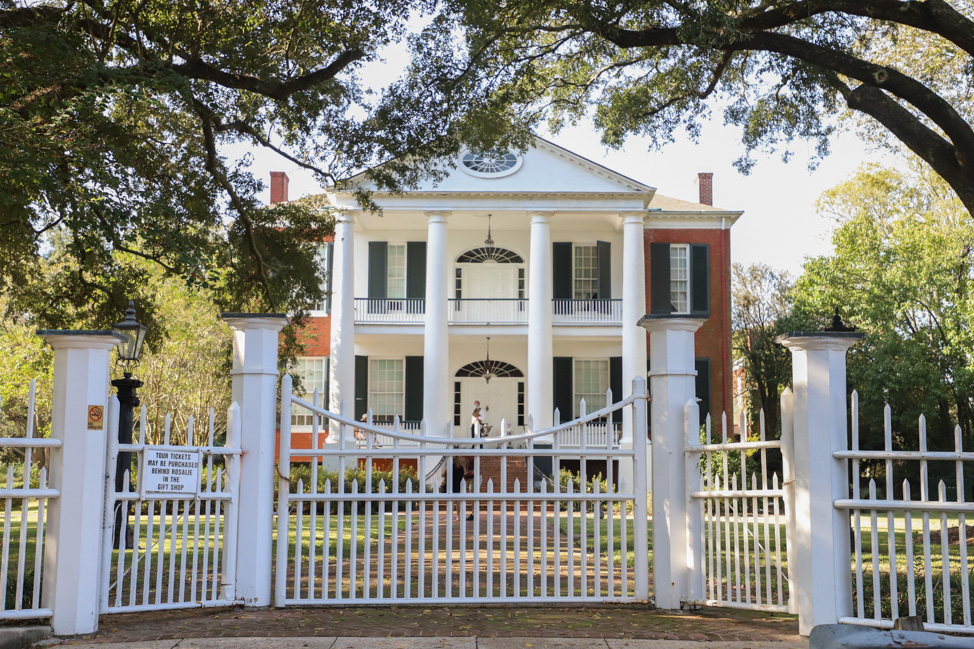
On everybody’s to-do list in Natchez should be a tour of the fascinating Longwood Mansion, the country’s largest octagonal house. You can book a tour for Longwood anytime of year, but the spring Pilgrimage every March and April and fall Pilgrimage every September and October are also an opportunity to visit some of the other mansions in the area that are only opened for these special events put on by the local Natchez garden clubs.
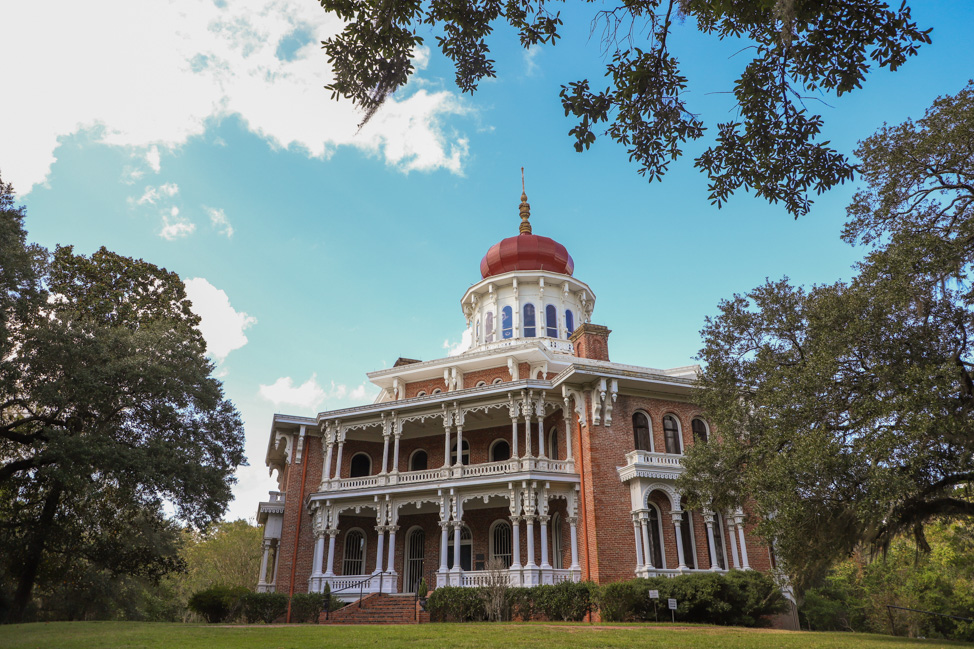
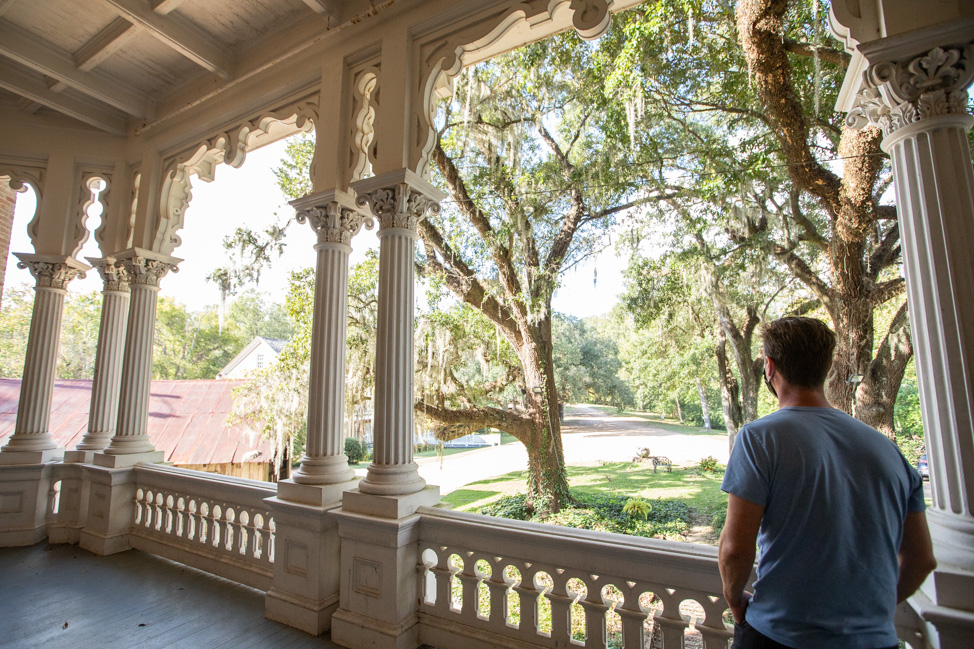
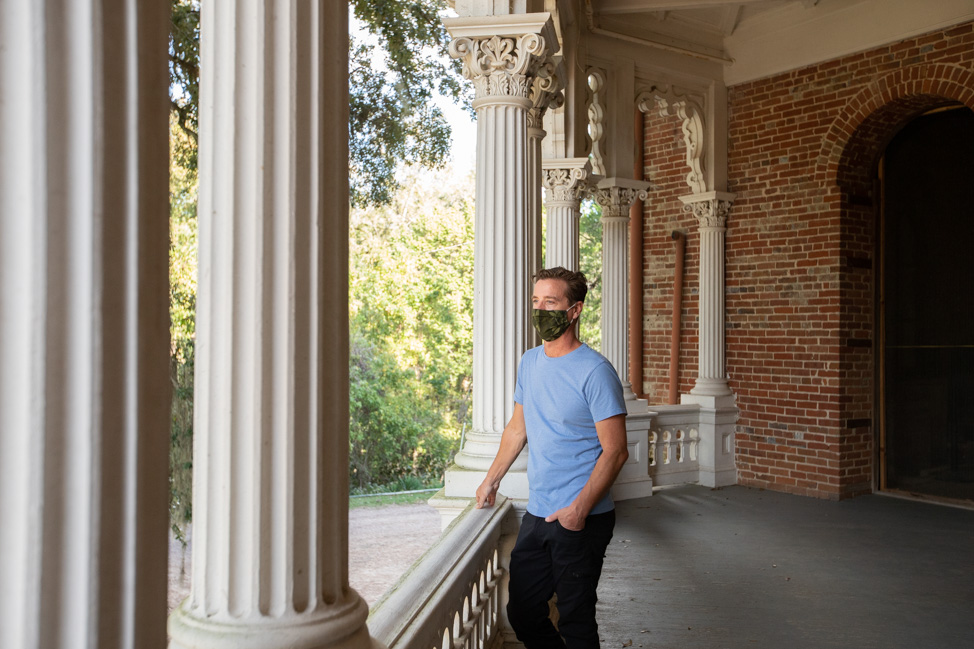

Where to stay in Natchez
There are plenty of Airbnbs in Natchez, and we were able to stay in the best one in town, while also headquartering ourselves right on Main Street.
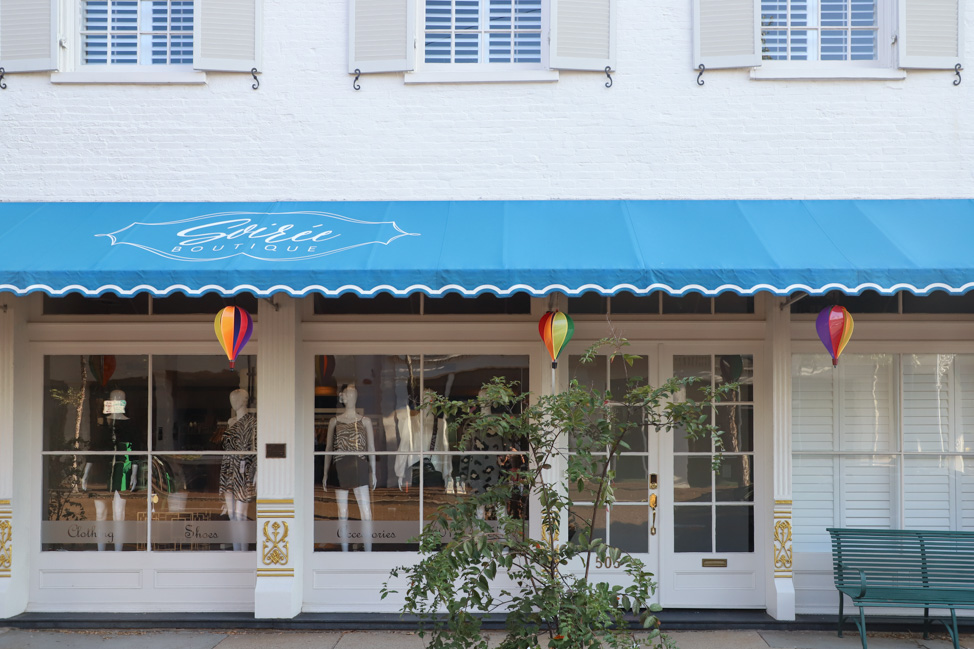
Right above Soiree boutique is the two-bedroom, one-bathroom the Main Street Loft, complete with a large bathroom, full kitchen, dining room, living room and an in-unit washer-dryer. It was the perfect size for a couple like us who works remotely and sleeps in different bedrooms, but it would also be ideal for a family of four or five. It’s also walkable to everything in town.
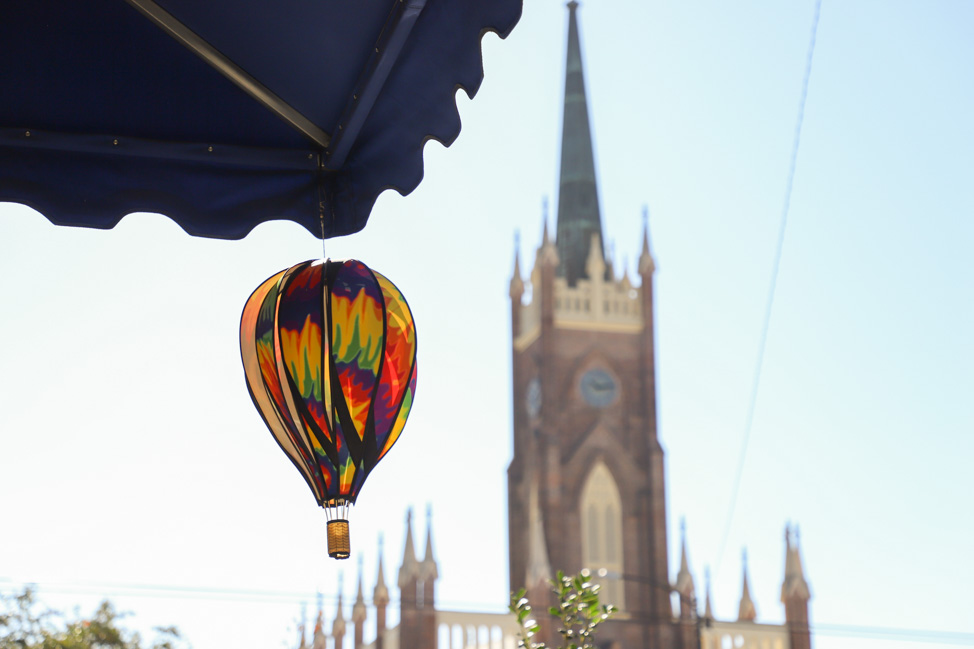


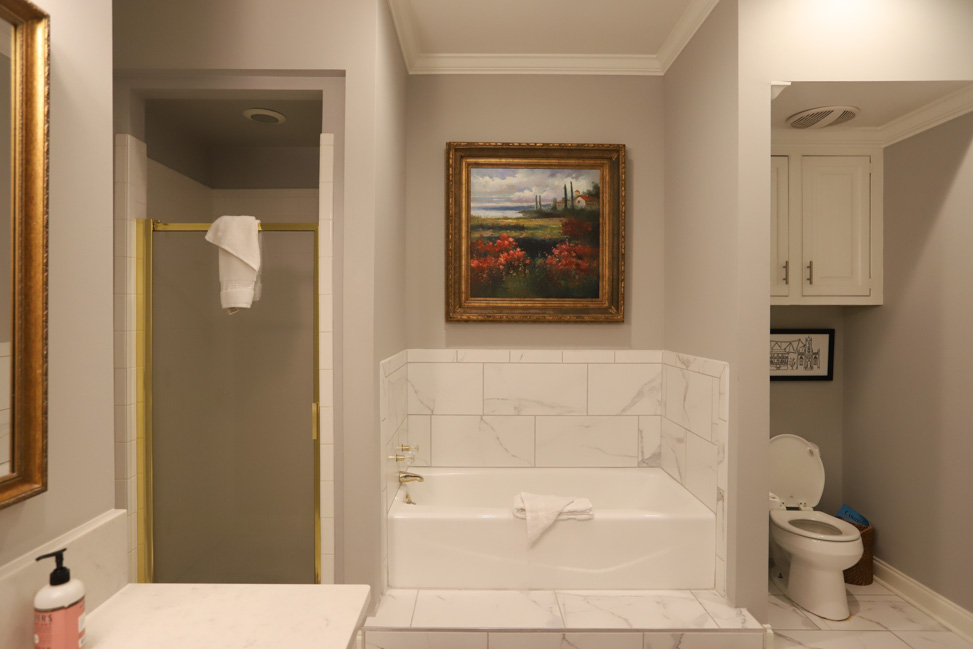

If you’re more of a bed and breakfast type of traveler, Natchez has those, too. We spent our last night at Riverboat Bed and Breakfast in an 1864 historic home on the riverfront that was originally owned by Captain Joseph Trudell, a riverboat captain, hence the establishment’s name.
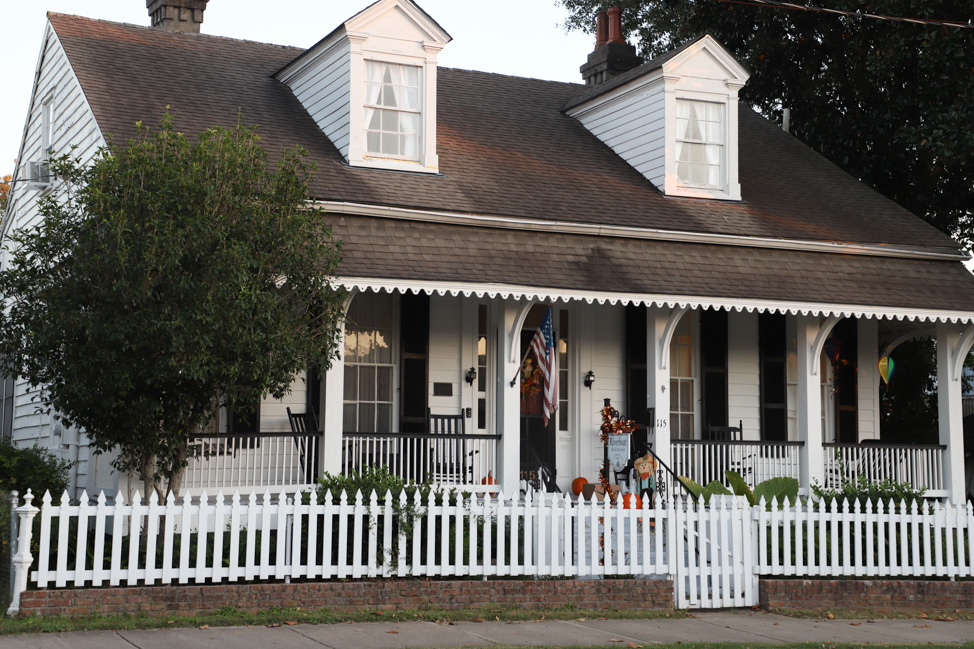
Riverboat B&B has three guest rooms—two downstairs and a larger attic room with two queen beds, plus high-speed Wi-Fi, a kitchen, lounge areas, the works—making it a great option for larger families or groups traveling together. As we were the only ones at the B&B our night there, we had the whole place to ourselves.
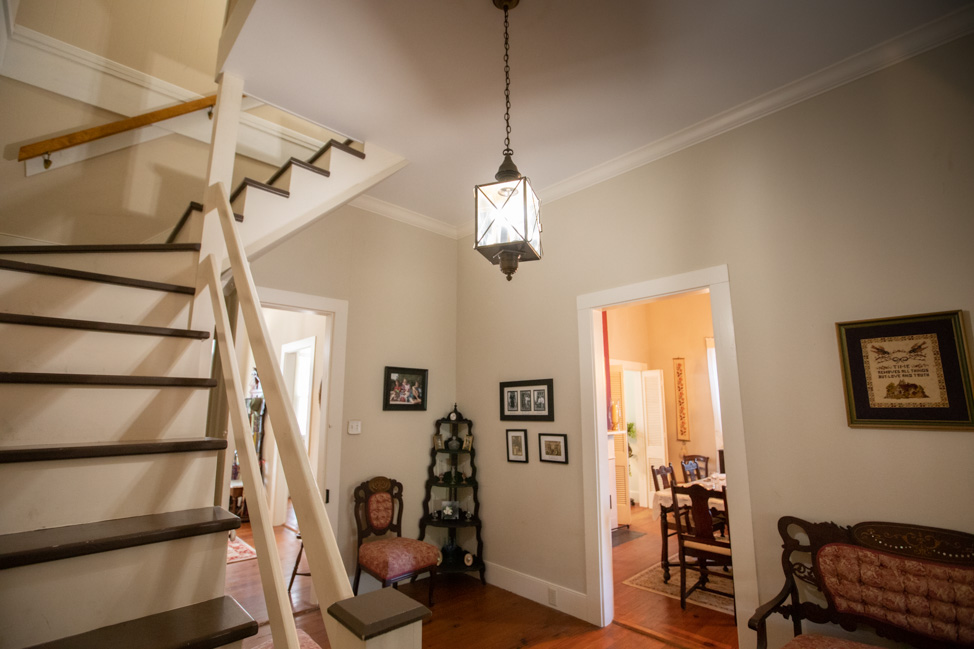
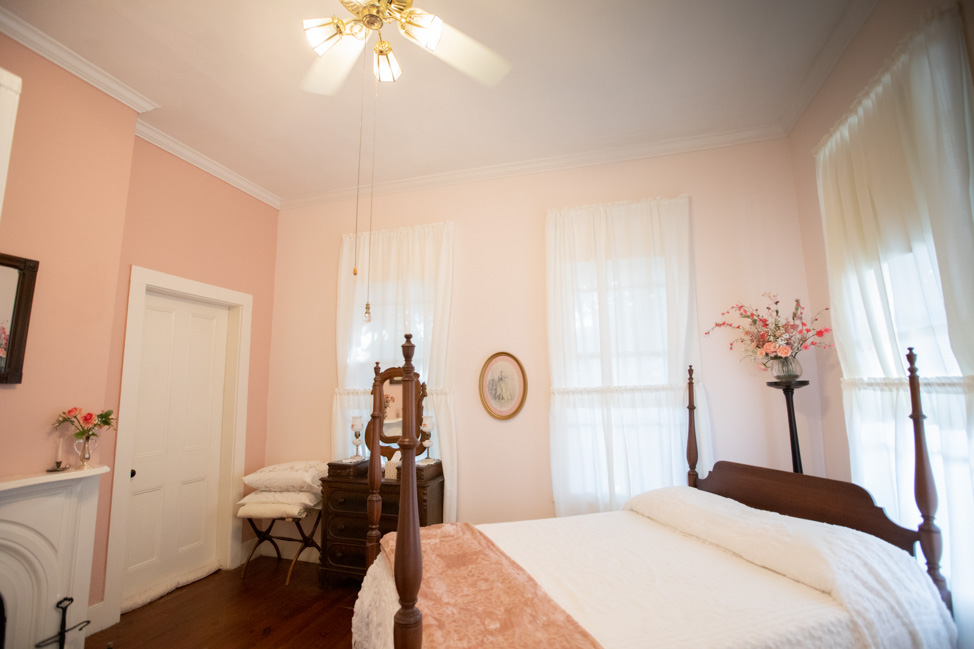
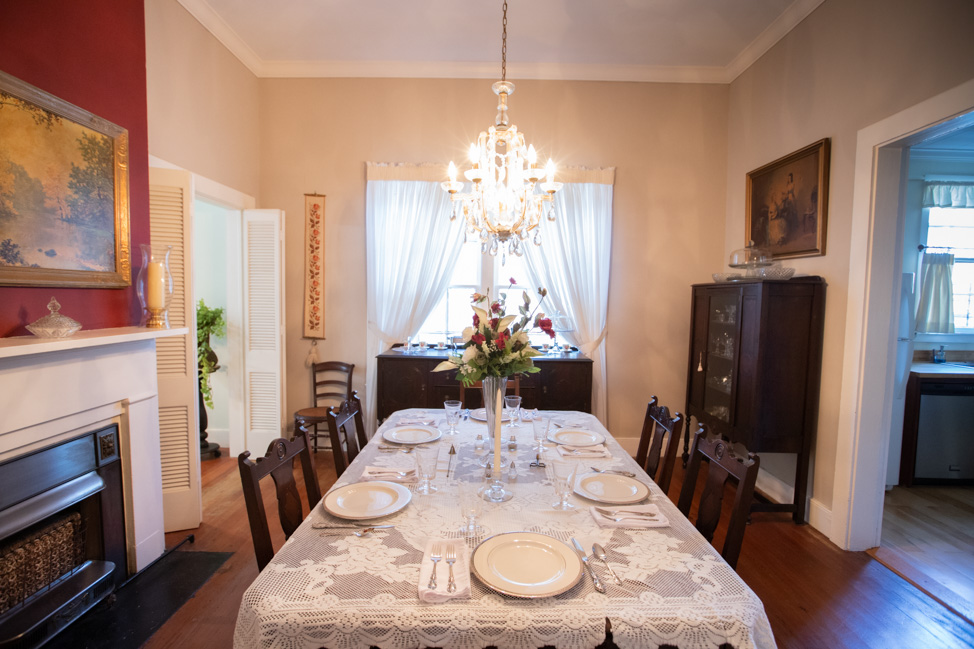
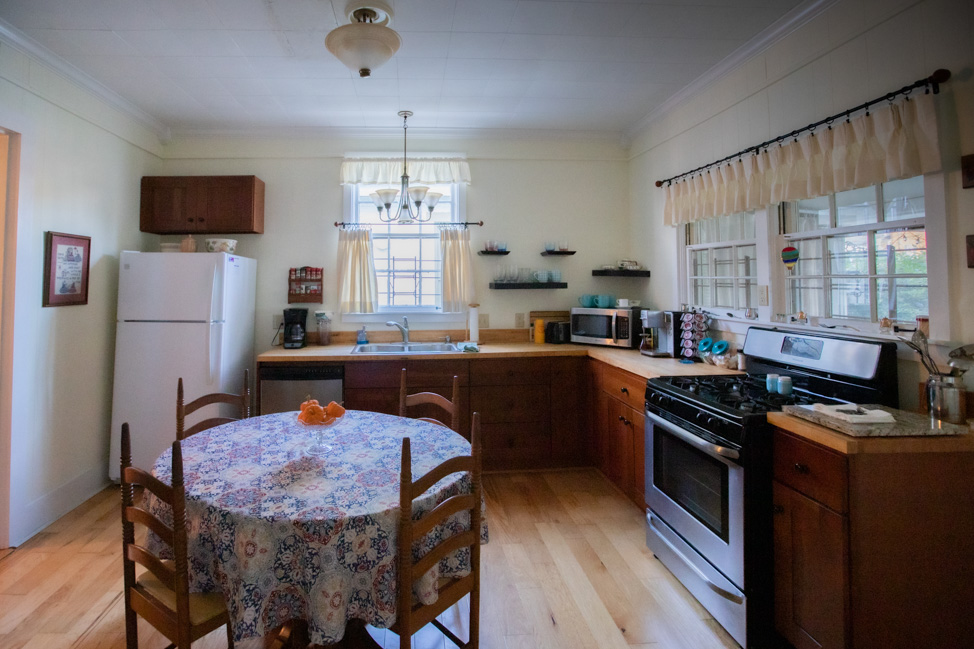
Driving the entire Natchez Trace Parkway
Our time in Natchez couldn’t have been a better celebration of a year traveling the storied trace. And now that we’re officially done driving the Natchez Trace Parkway in full—and back—I don’t know quite what to do with myself. These towns, their lingering spirits, the big hearts, a strong sense of blossoming and accepting communities have captured our curiosity, and I know what we unearthed along the way is just the tip of the iceberg.

There’s really only one way to react to these experiences if you’re a curious person and that is to continue exploring! We’re both driven to keep the road moving beneath our feet because there’s always something more to travel if you just take the time to look—and there are a lot of fascinating roads to go down along the Natchez Trace.
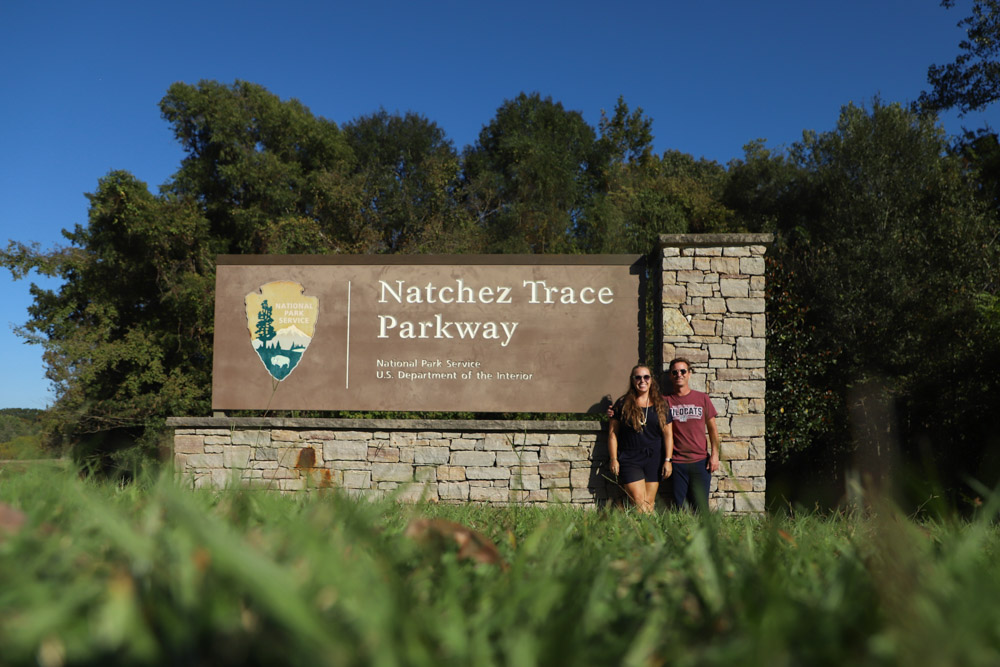
For more travel ideas along the Natchez Trace Parkway, check out these posts:
- Escape the Indoors for a Weekend in Ridgeland, Mississippi
- Exploring North Mississippi: Tishomingo to Tupelo on the Natchez Trace
- How to Do Tupelo, Mississippi Like a King (and The King)
- Finding Fall Colors Along the Natchez Trace Parkway in North Alabama
- From Music to Design, the Shoals is Alabama’s Cultural Secret Weapon
- Opt Outside: Fun Summer Things to Do in Franklin + Leiper’s Fork
- Meet Jackson, Mississippi’s Capital and Most Vibrant City
- Falling Head Over Heels for Natchez, Mississippi
PIN IT! SAVE THIS POST FOR LATER
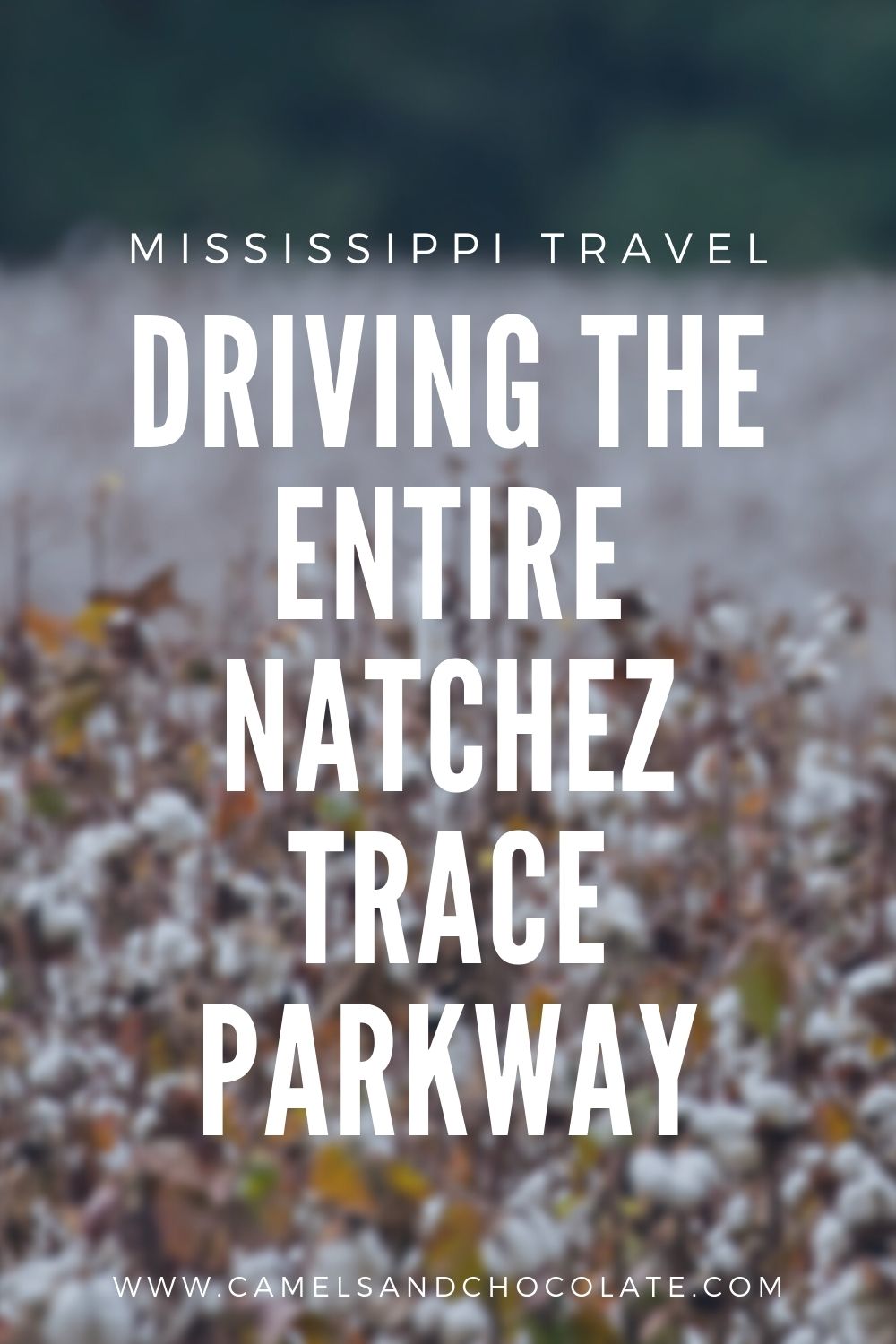
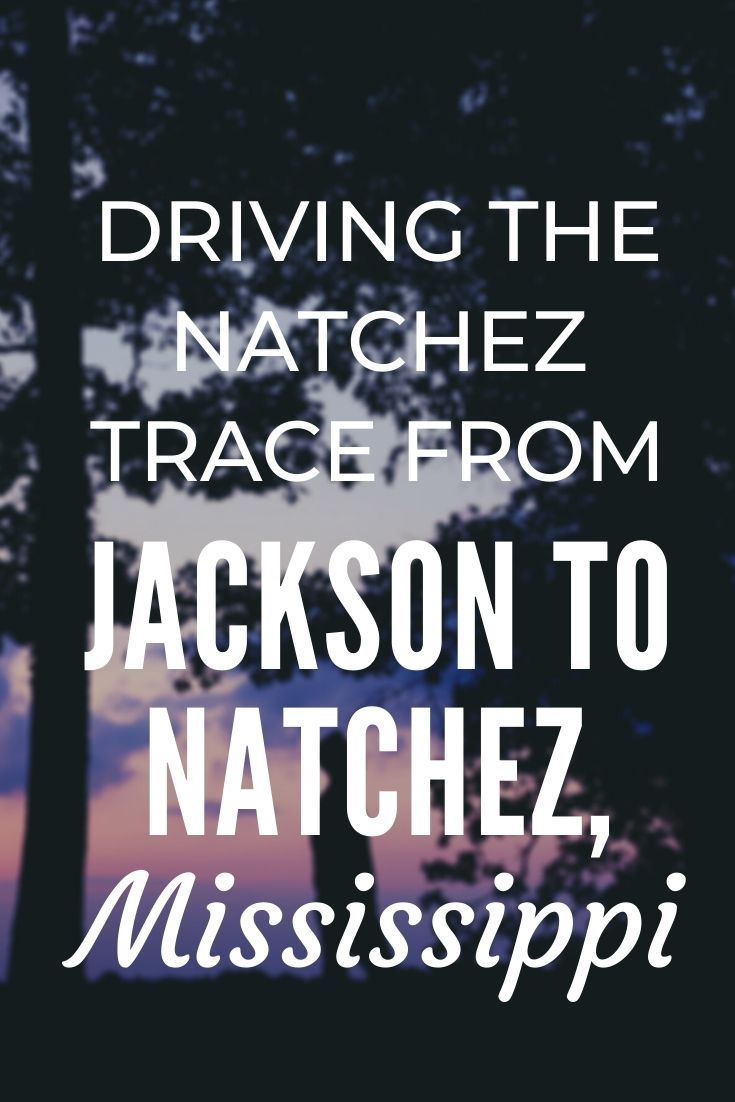
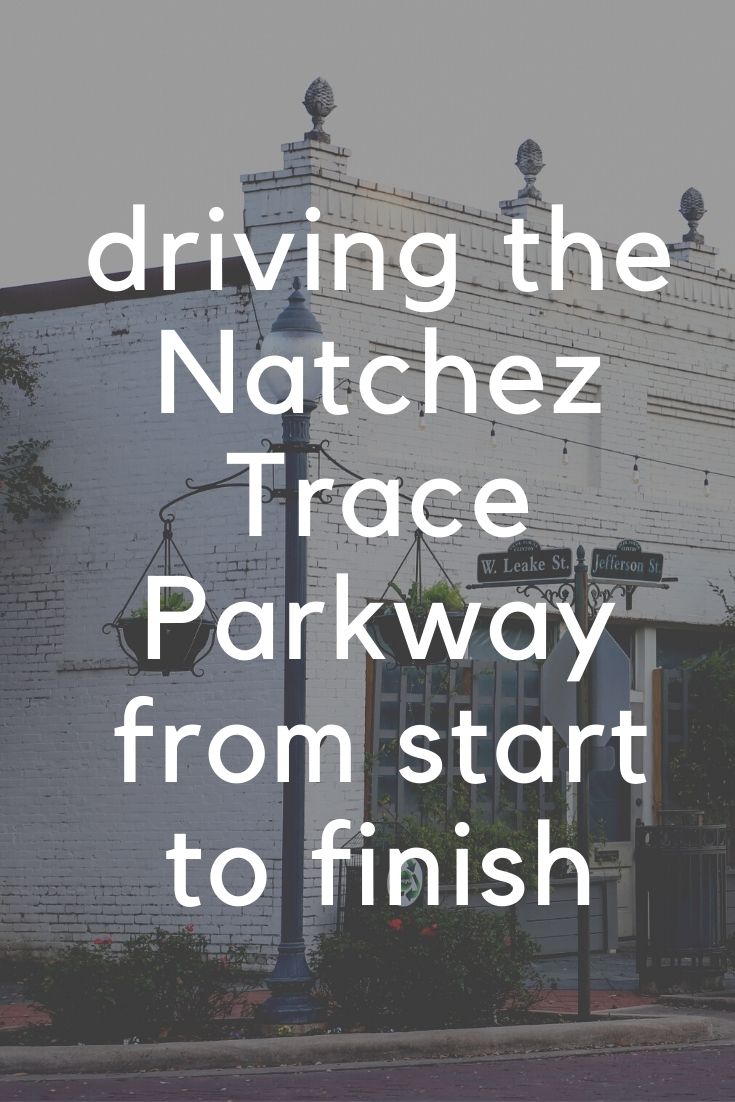
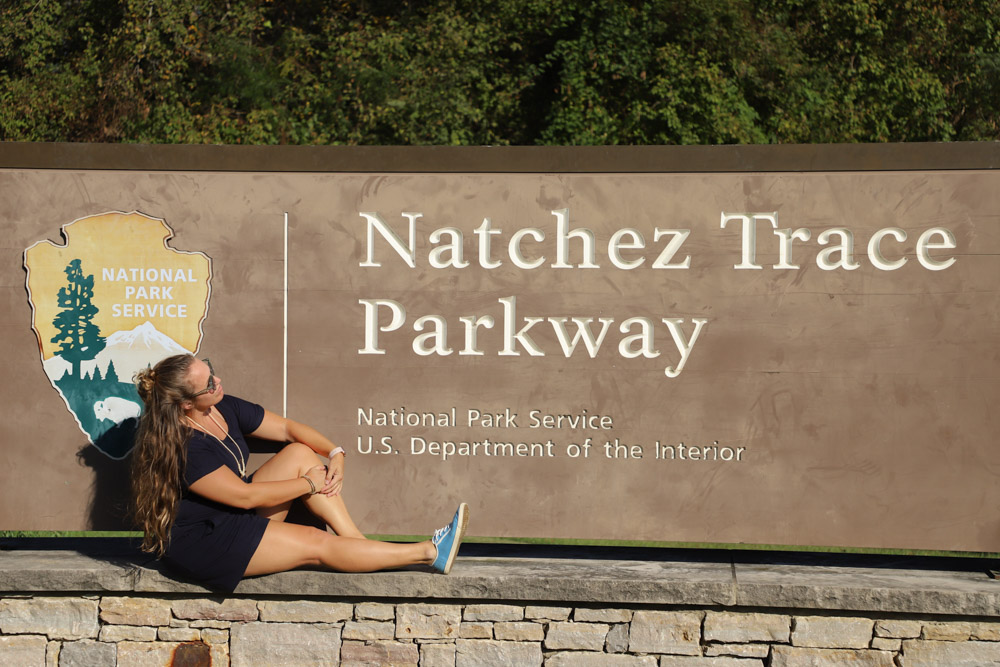
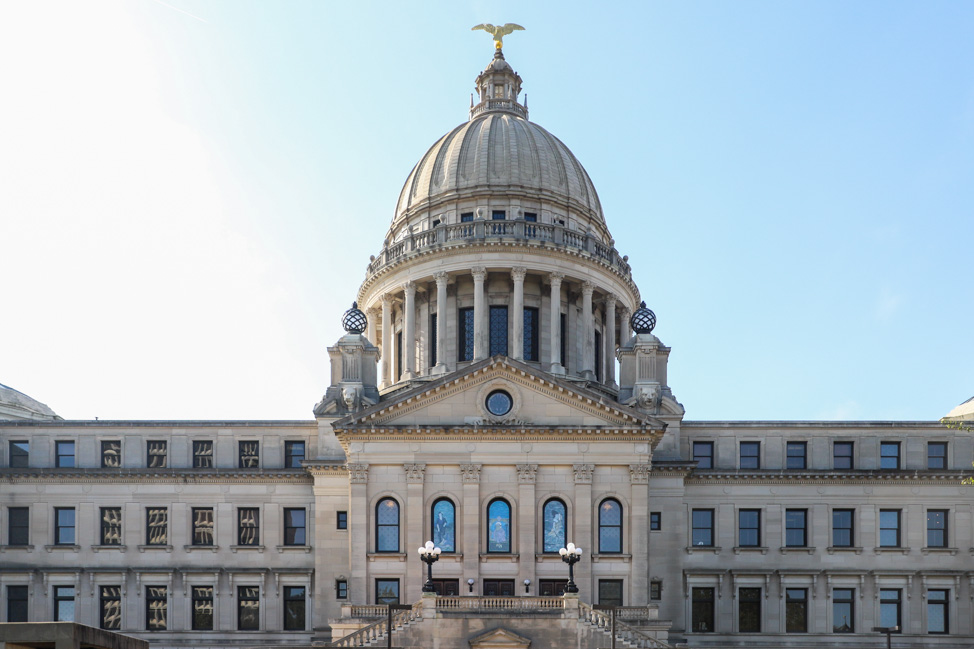
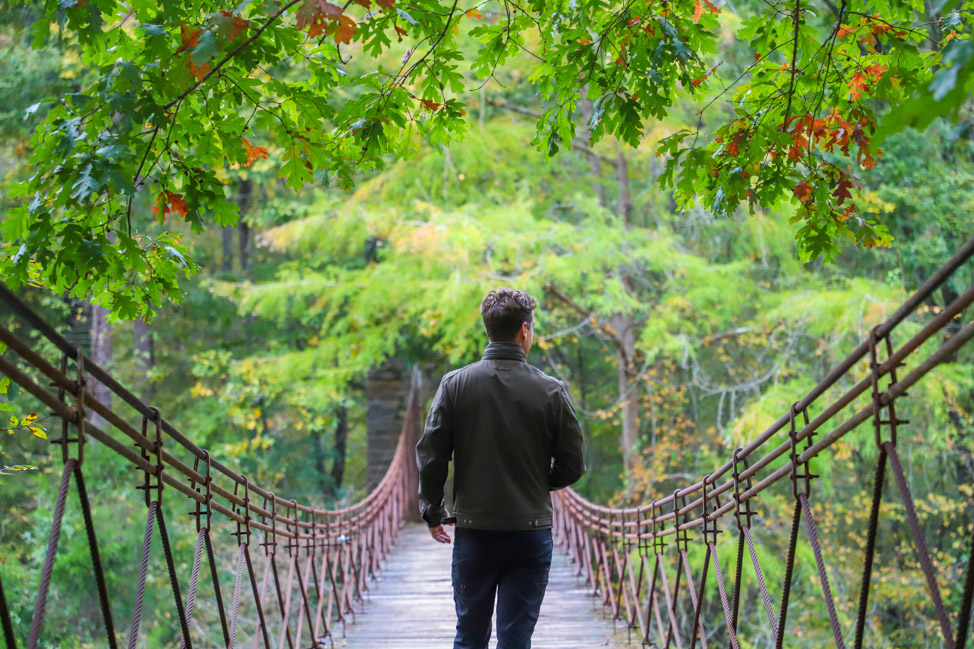
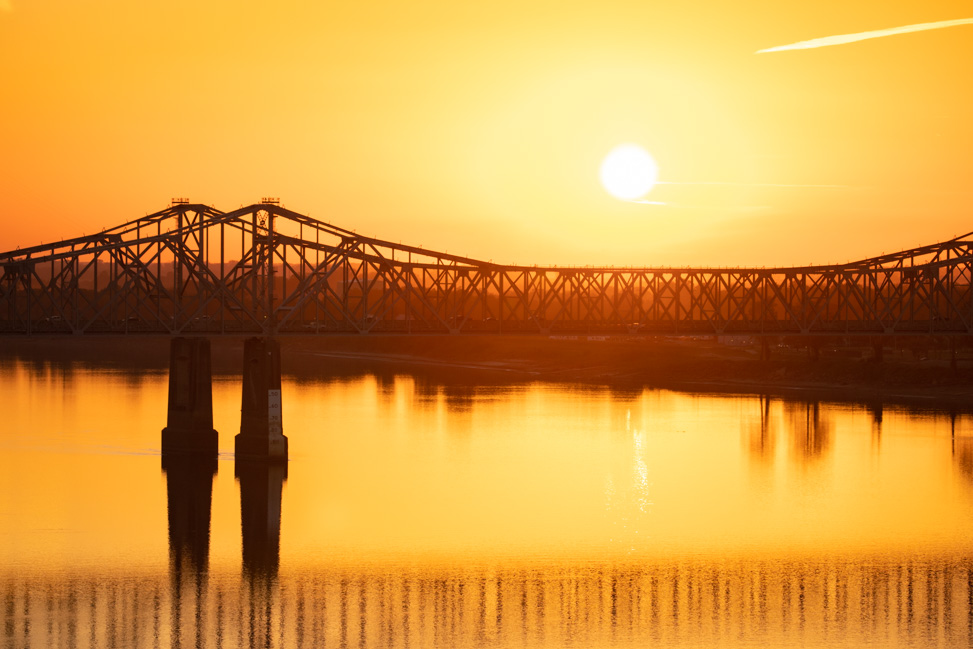

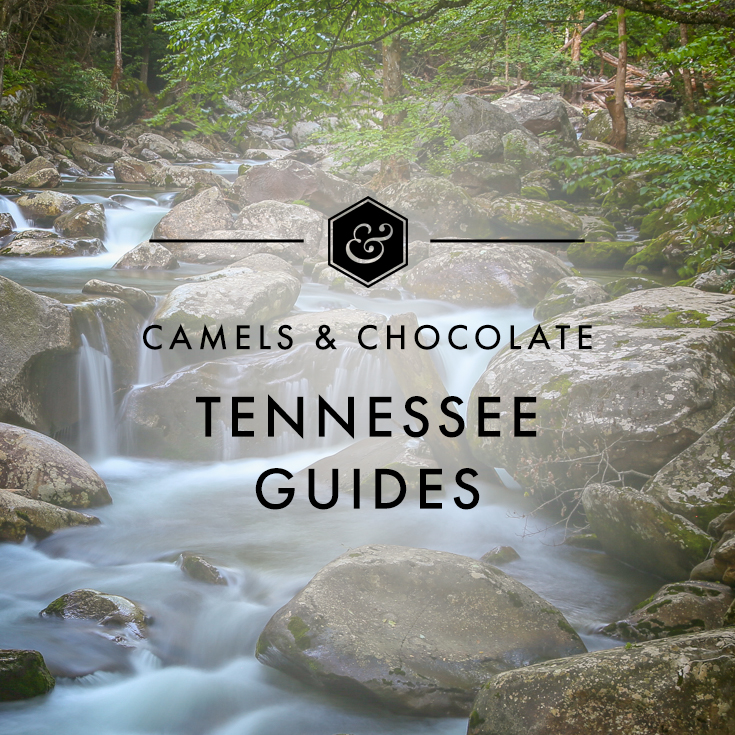
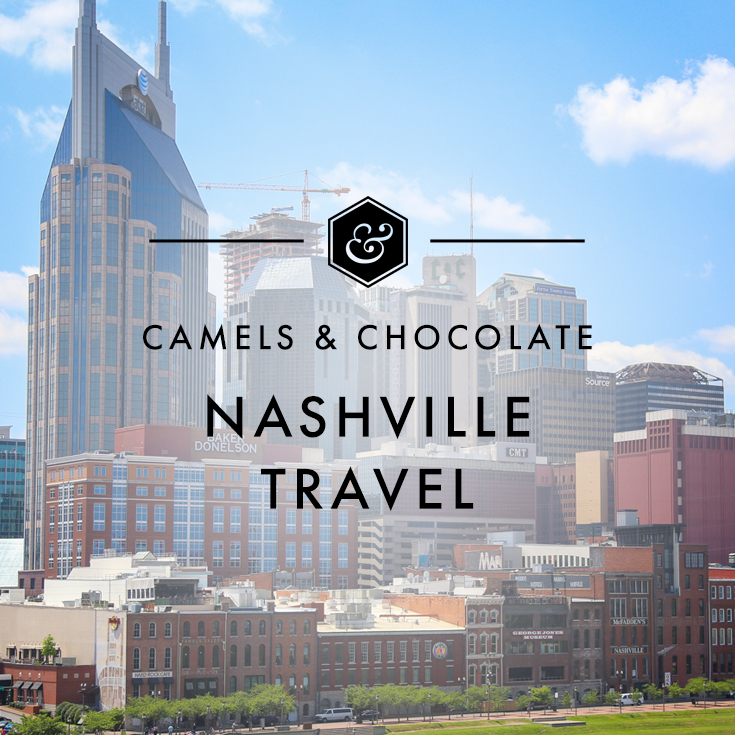








Natchez is my home town and my Dad and Mom used to take my children when they were children and I on the Natchez Trace BEAUTIFUL 🤩 it is
It is funny that I stumbled upon your blog while searching “How to start a mural project” and found that you have been to Natchez! I am trying to work with the city officials to get more public art in Natchez. I found your blog very helpful and printed all of the information from it. We may be in touch in the future should I need consulting! Send good vibes that everyone is receptive to the idea!